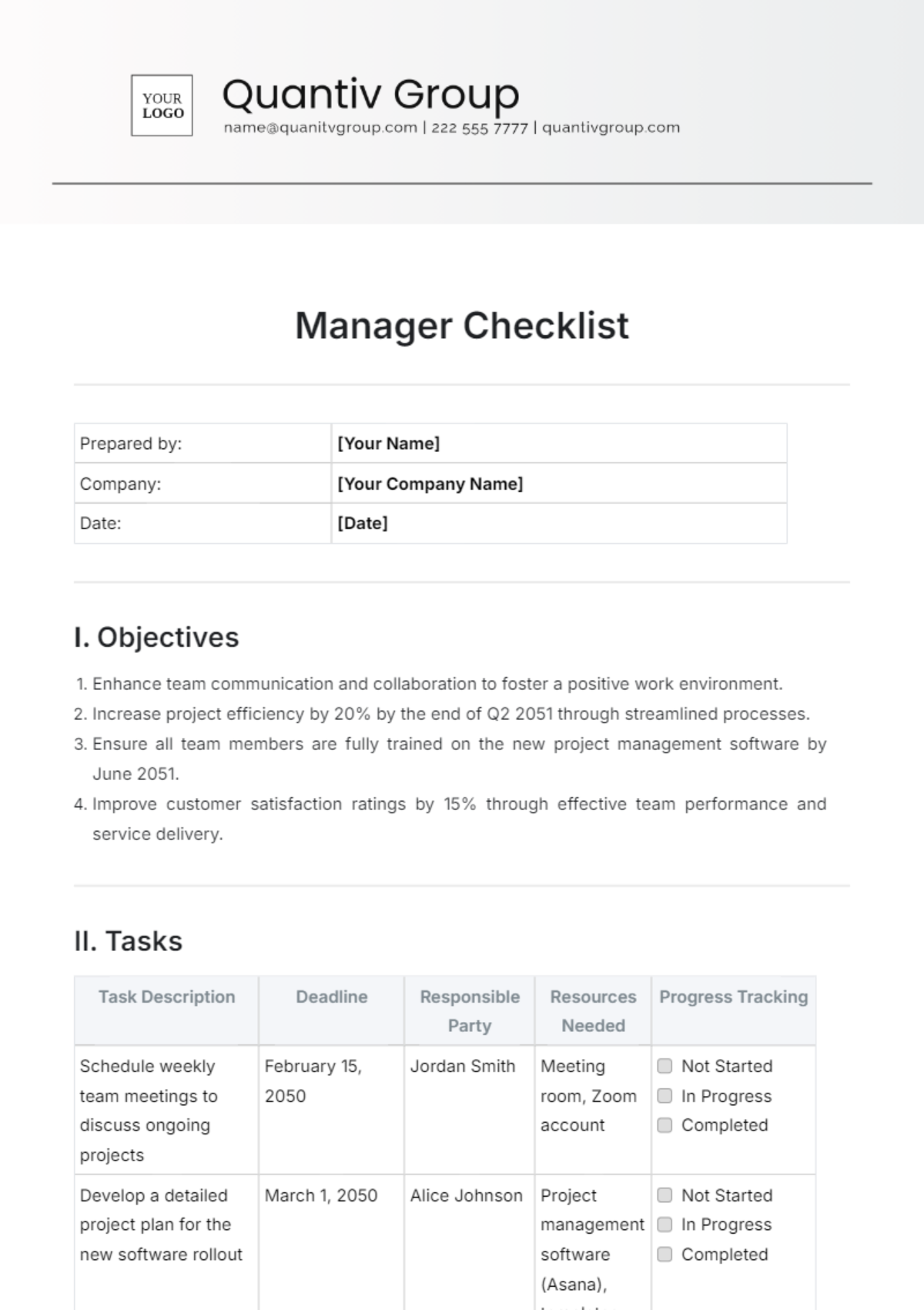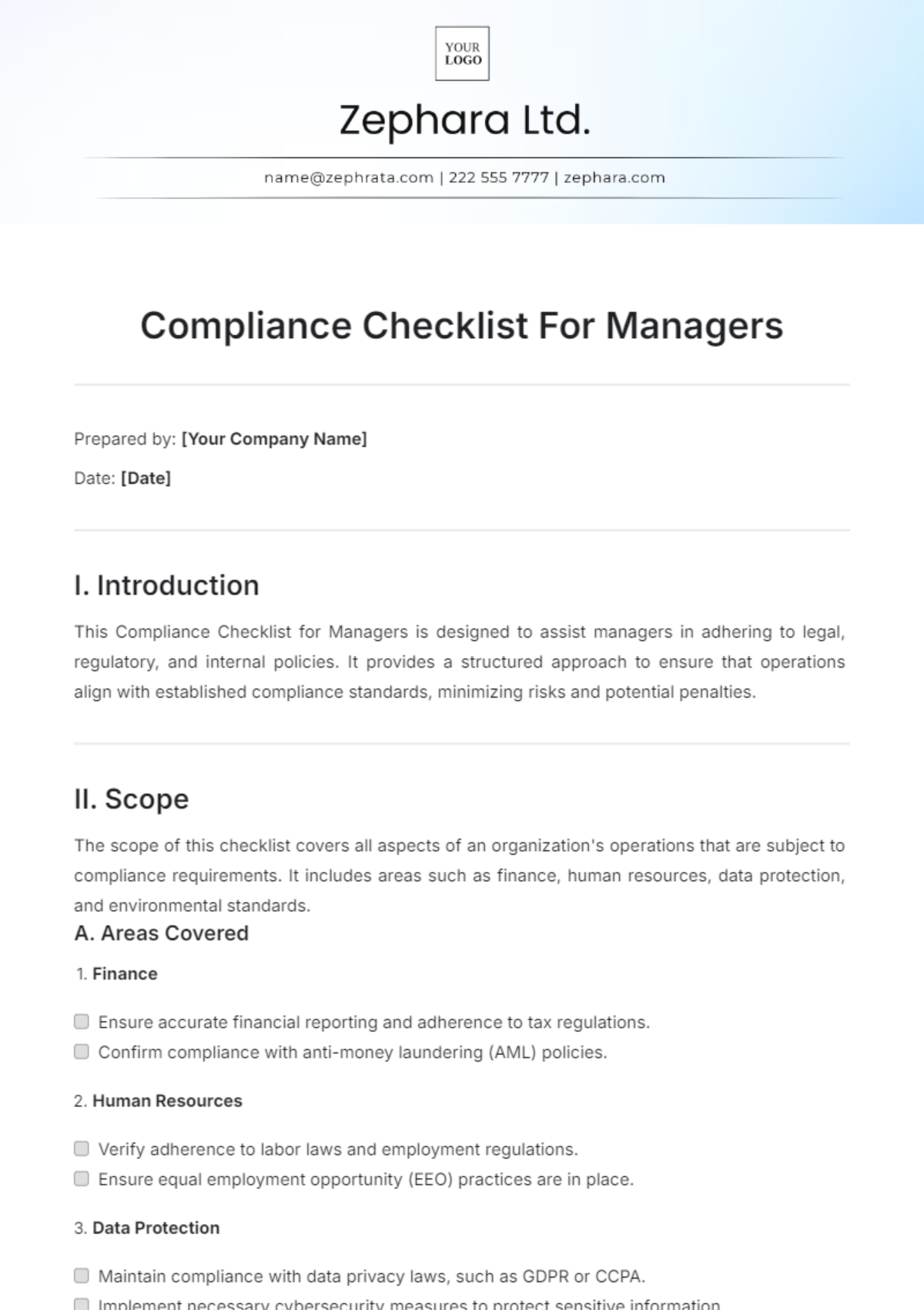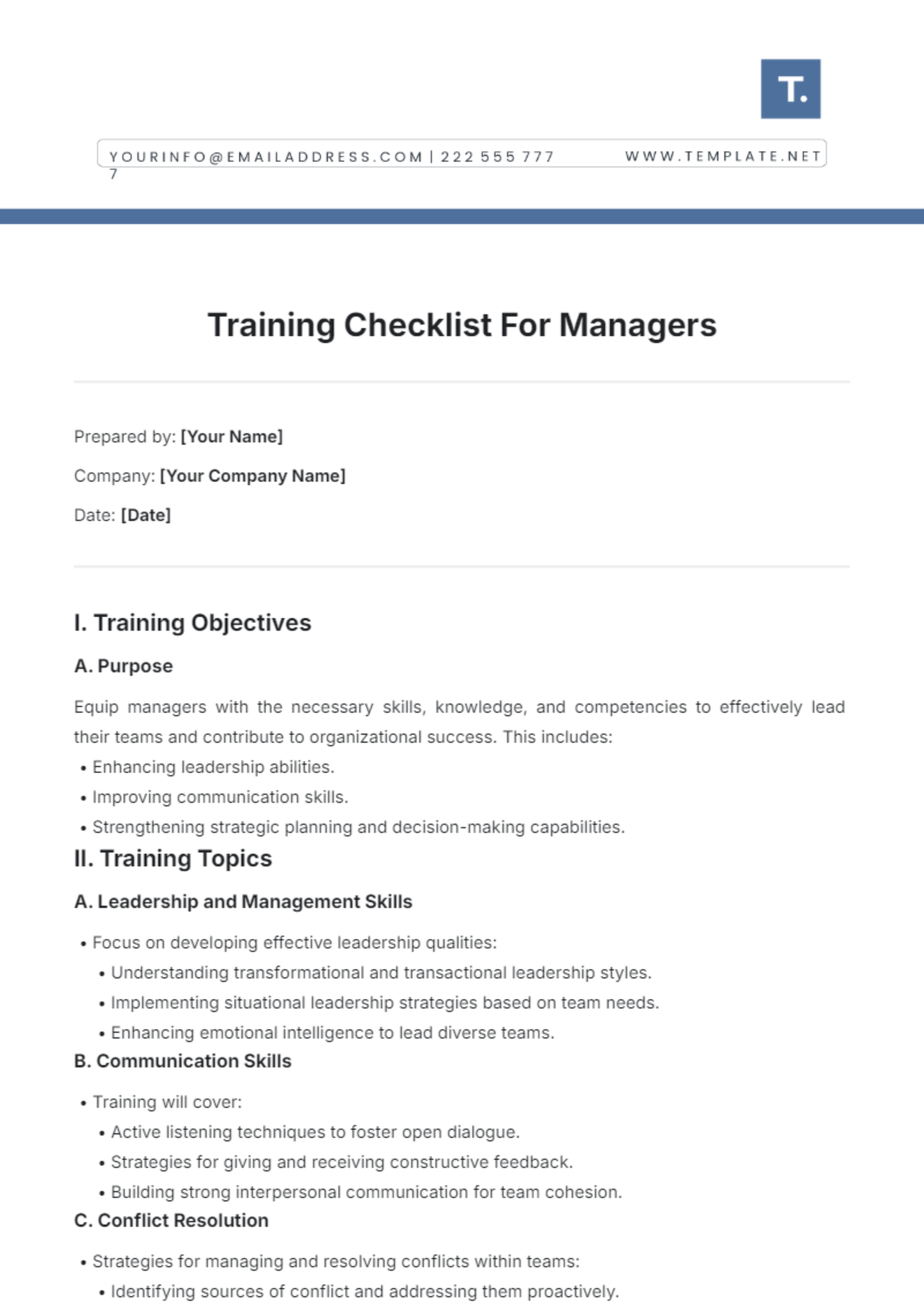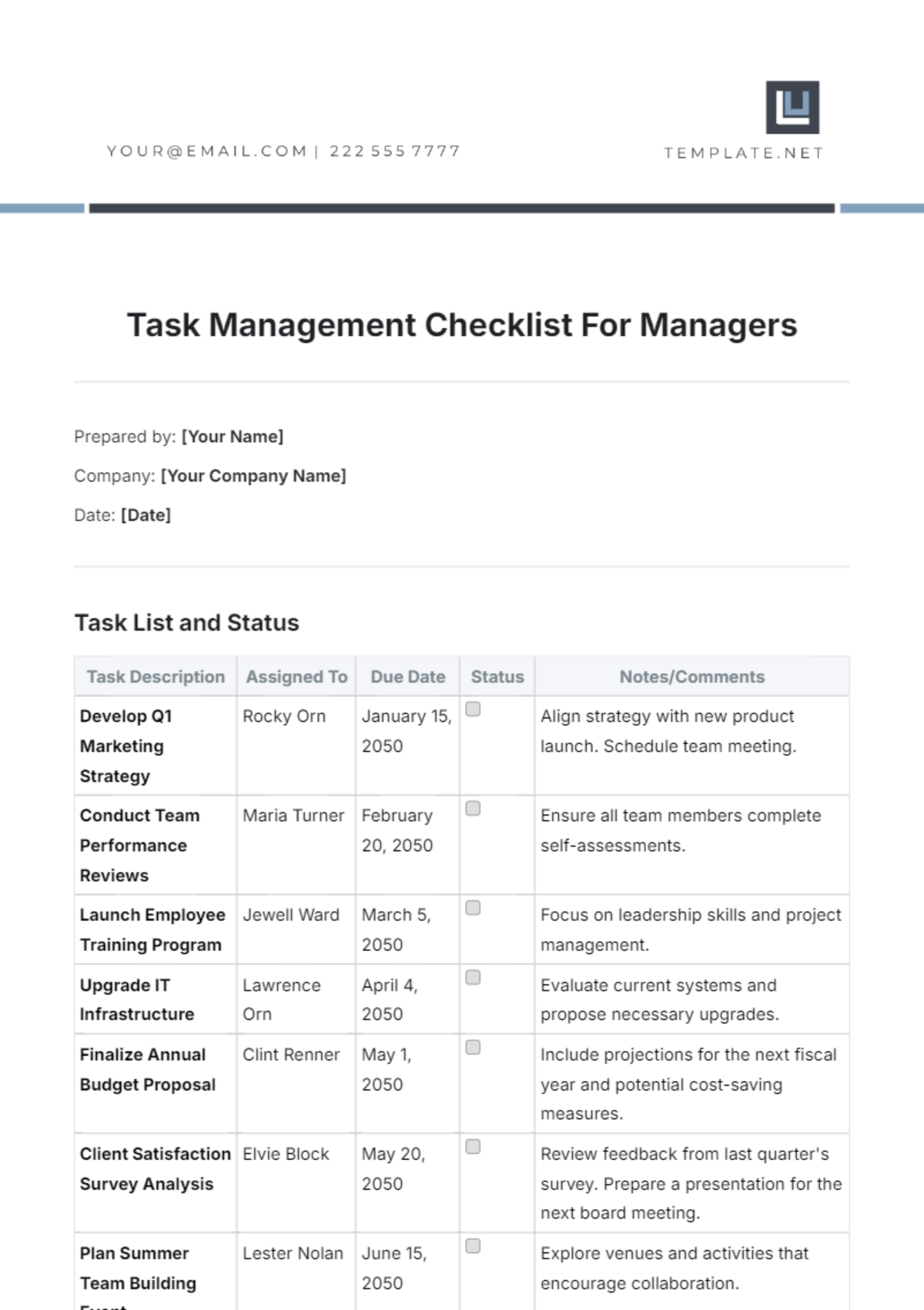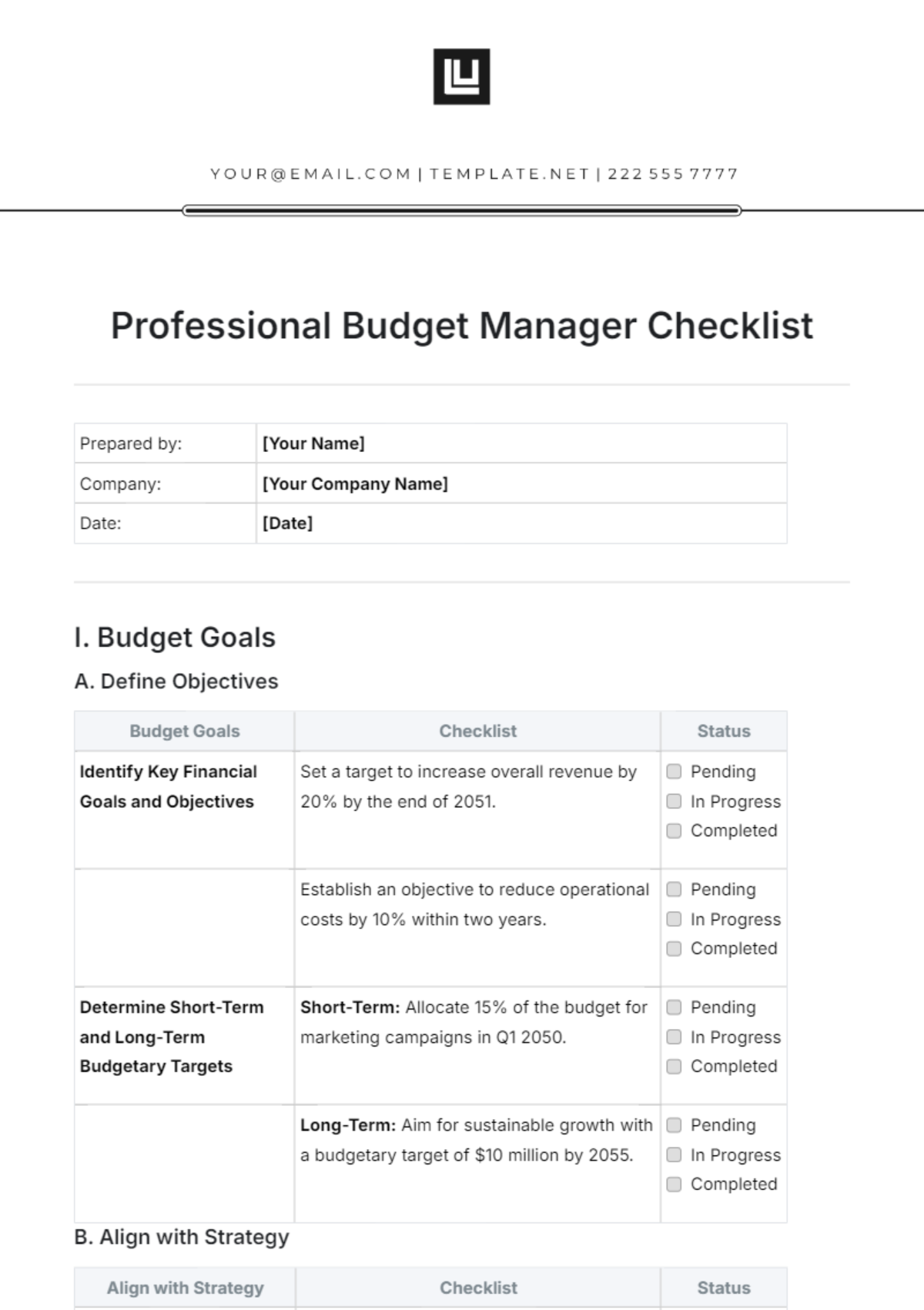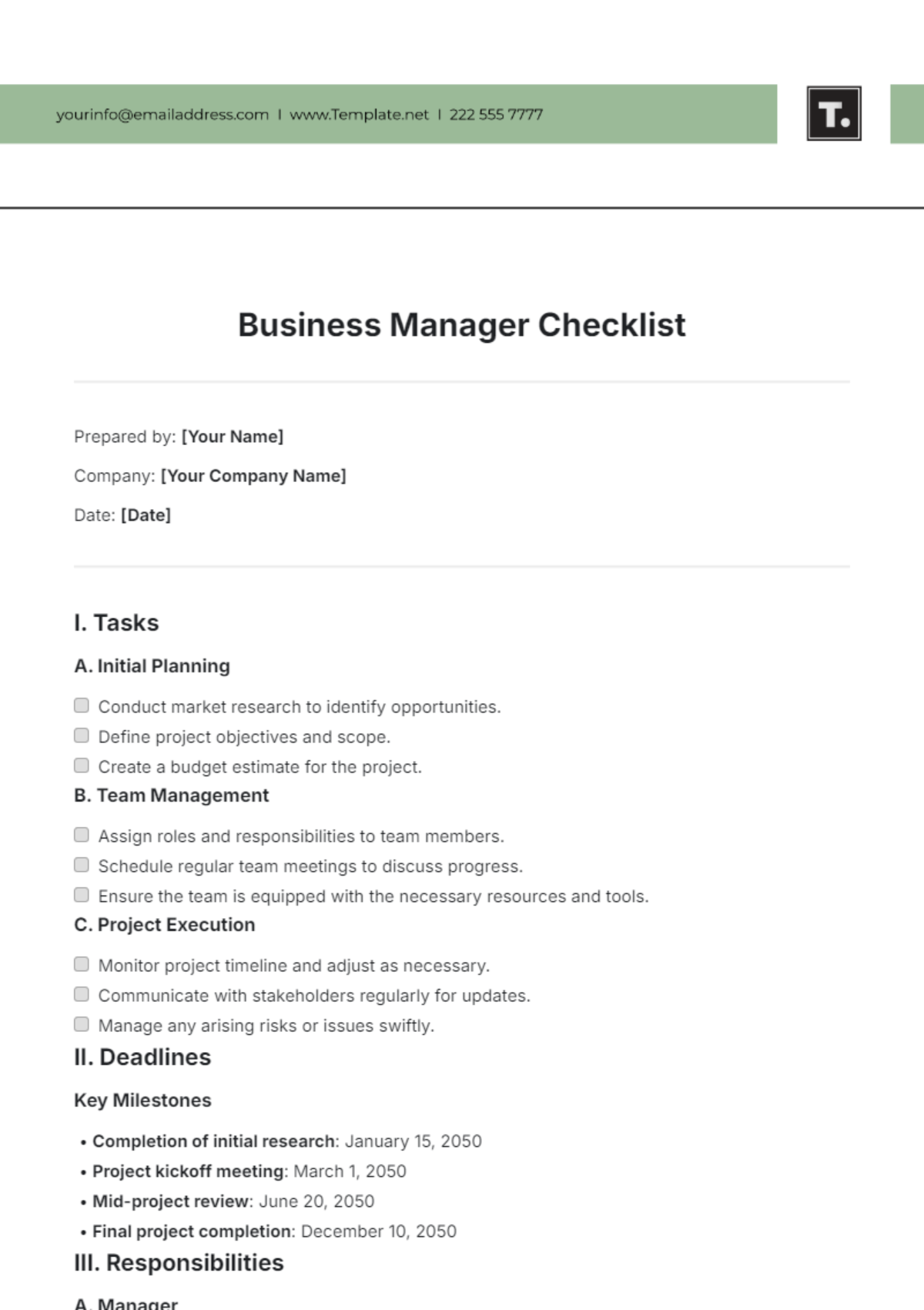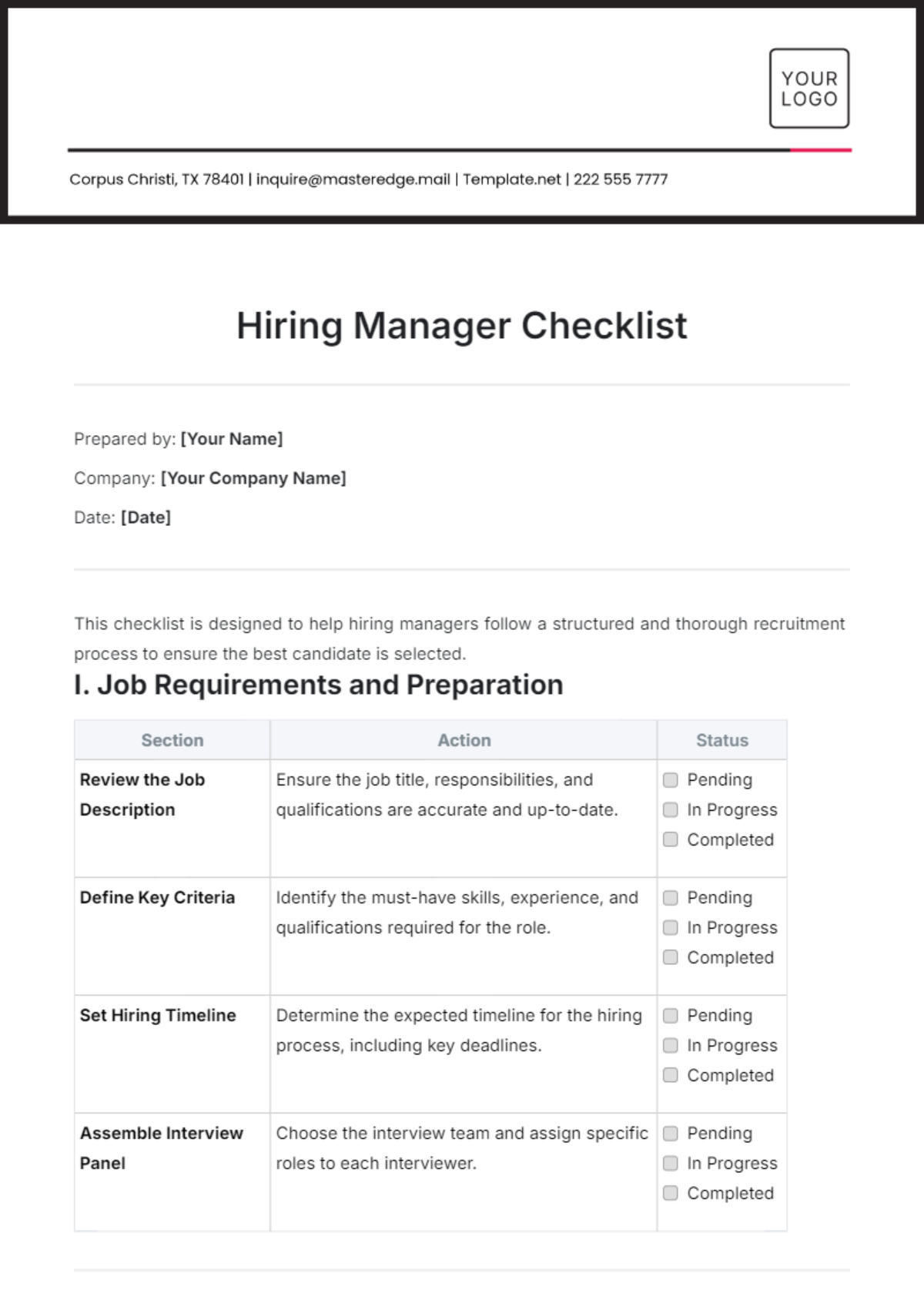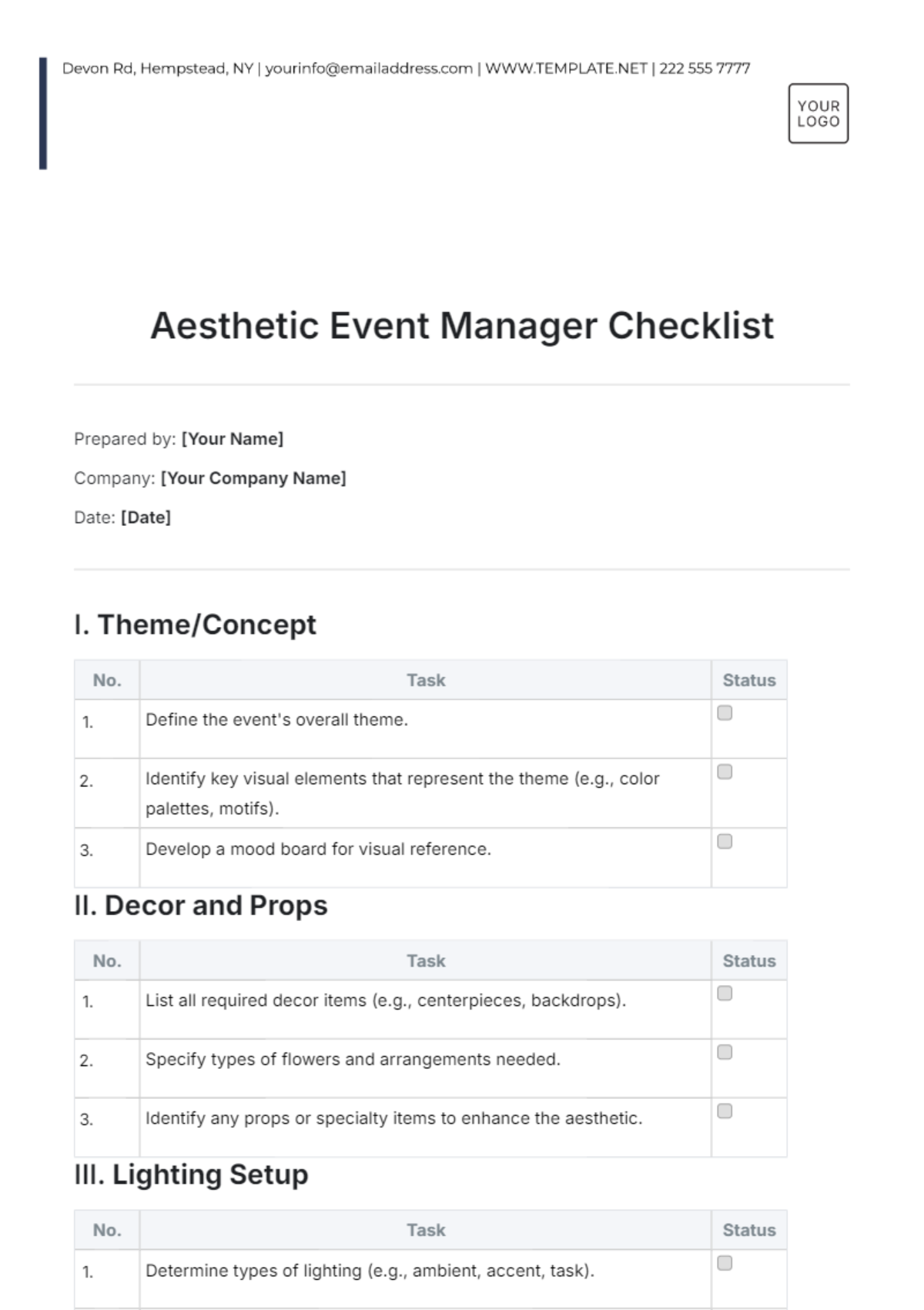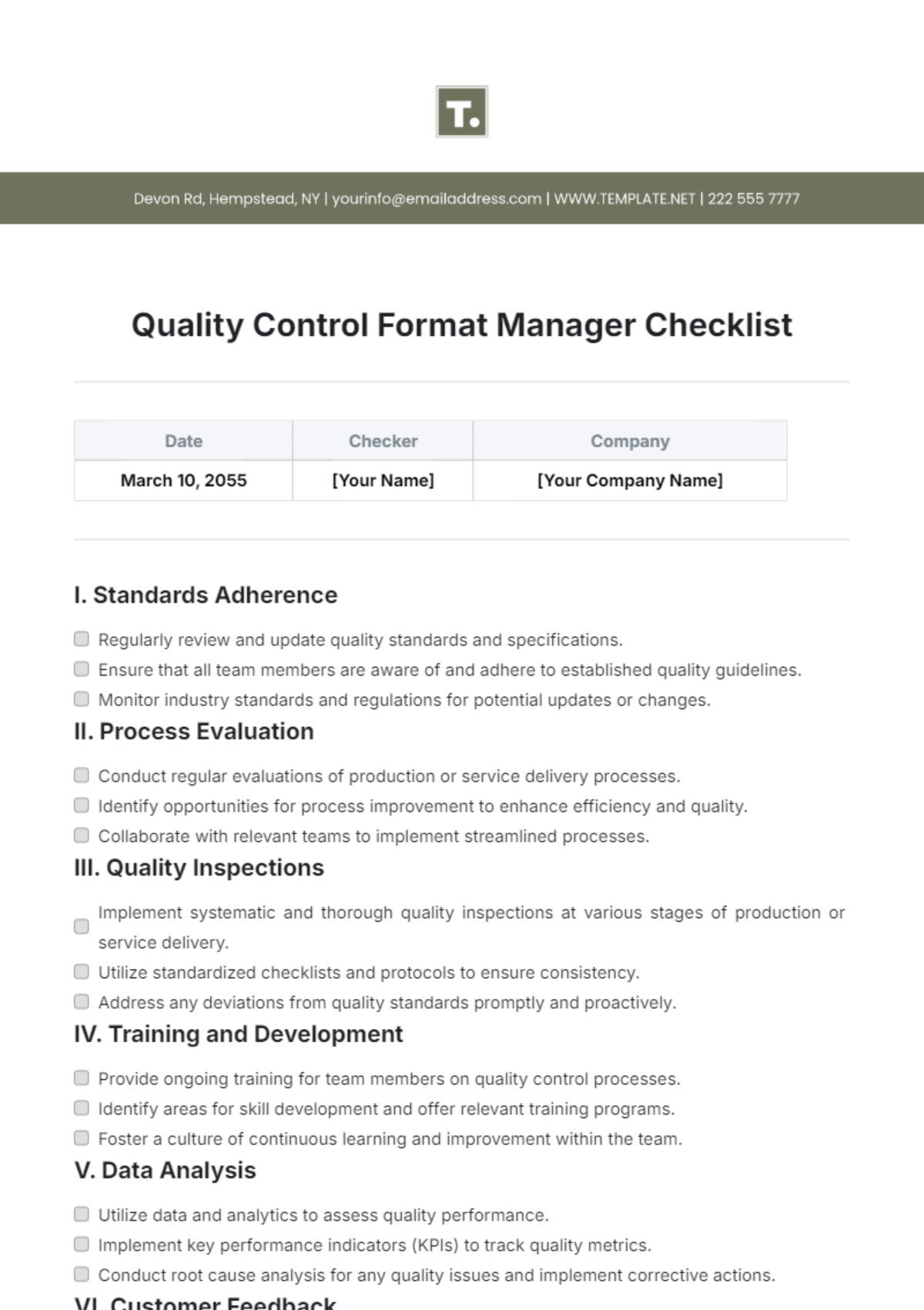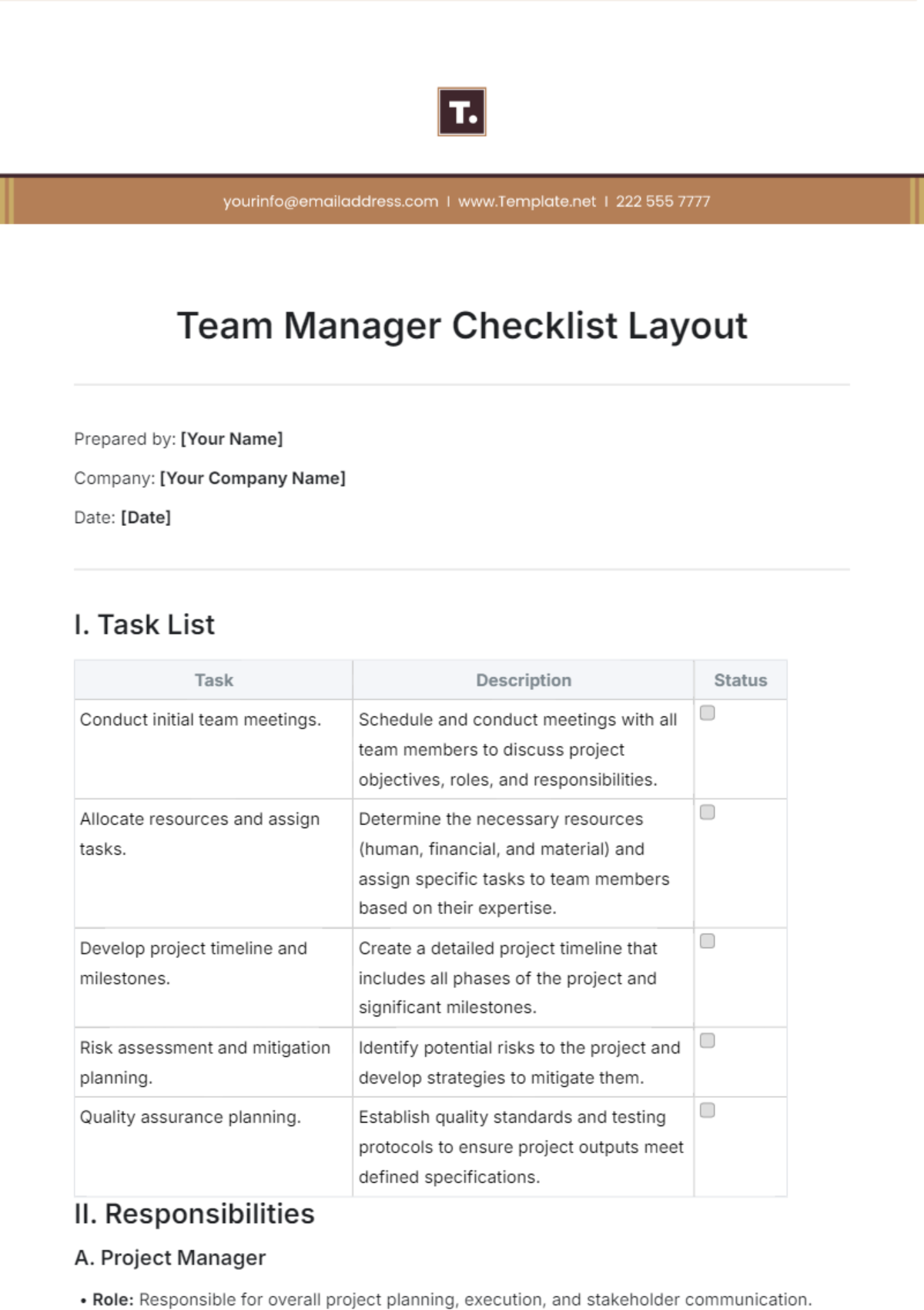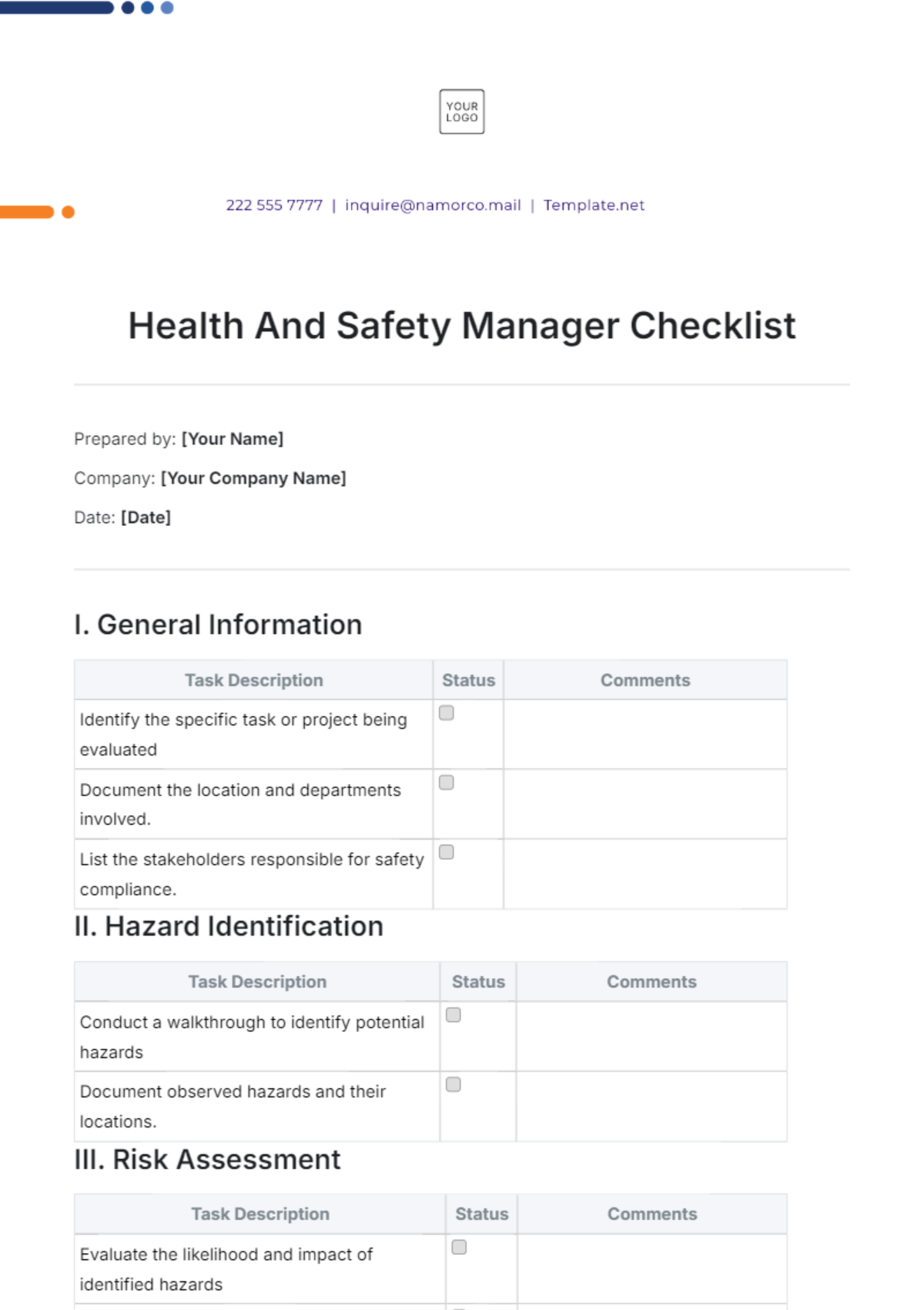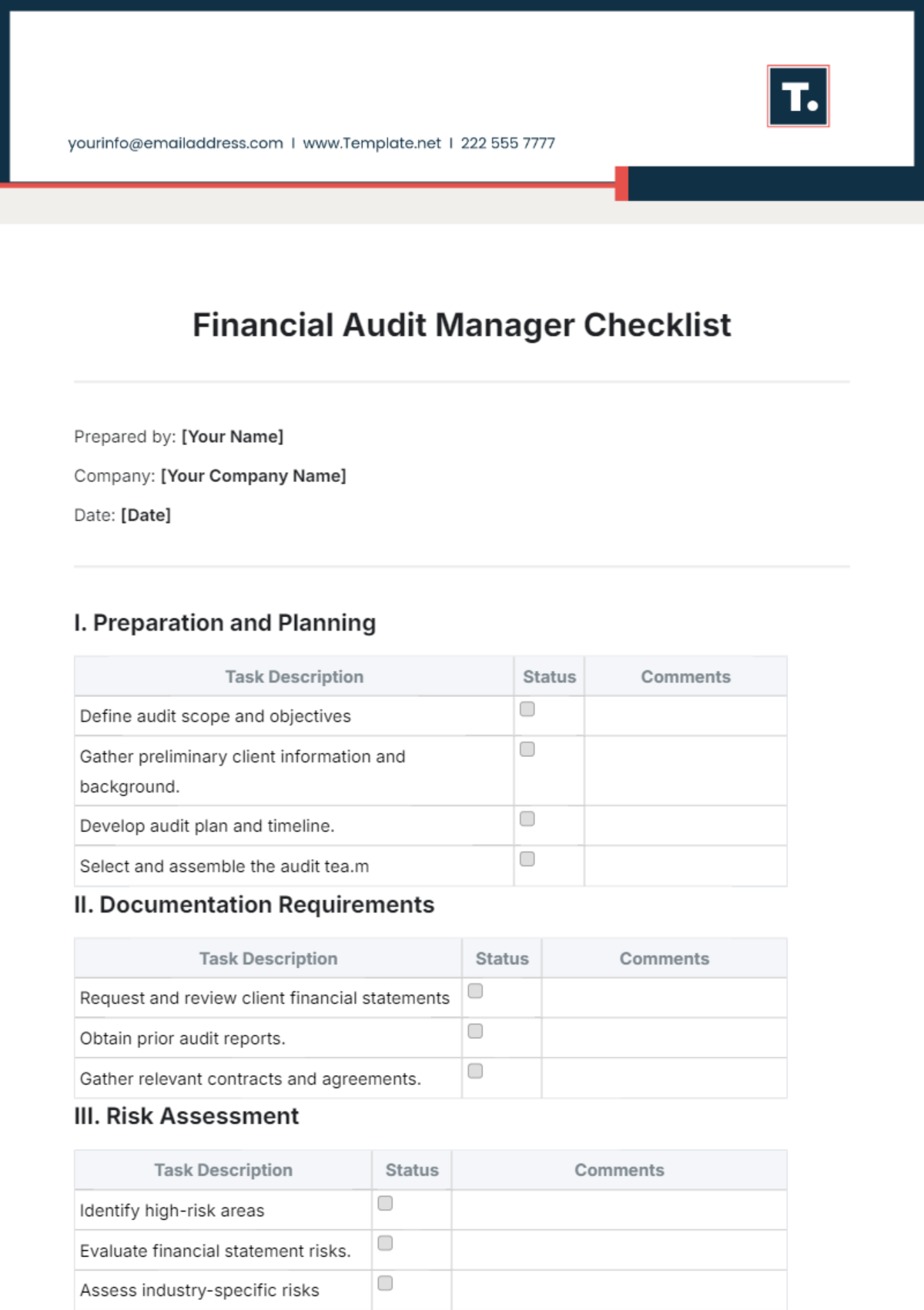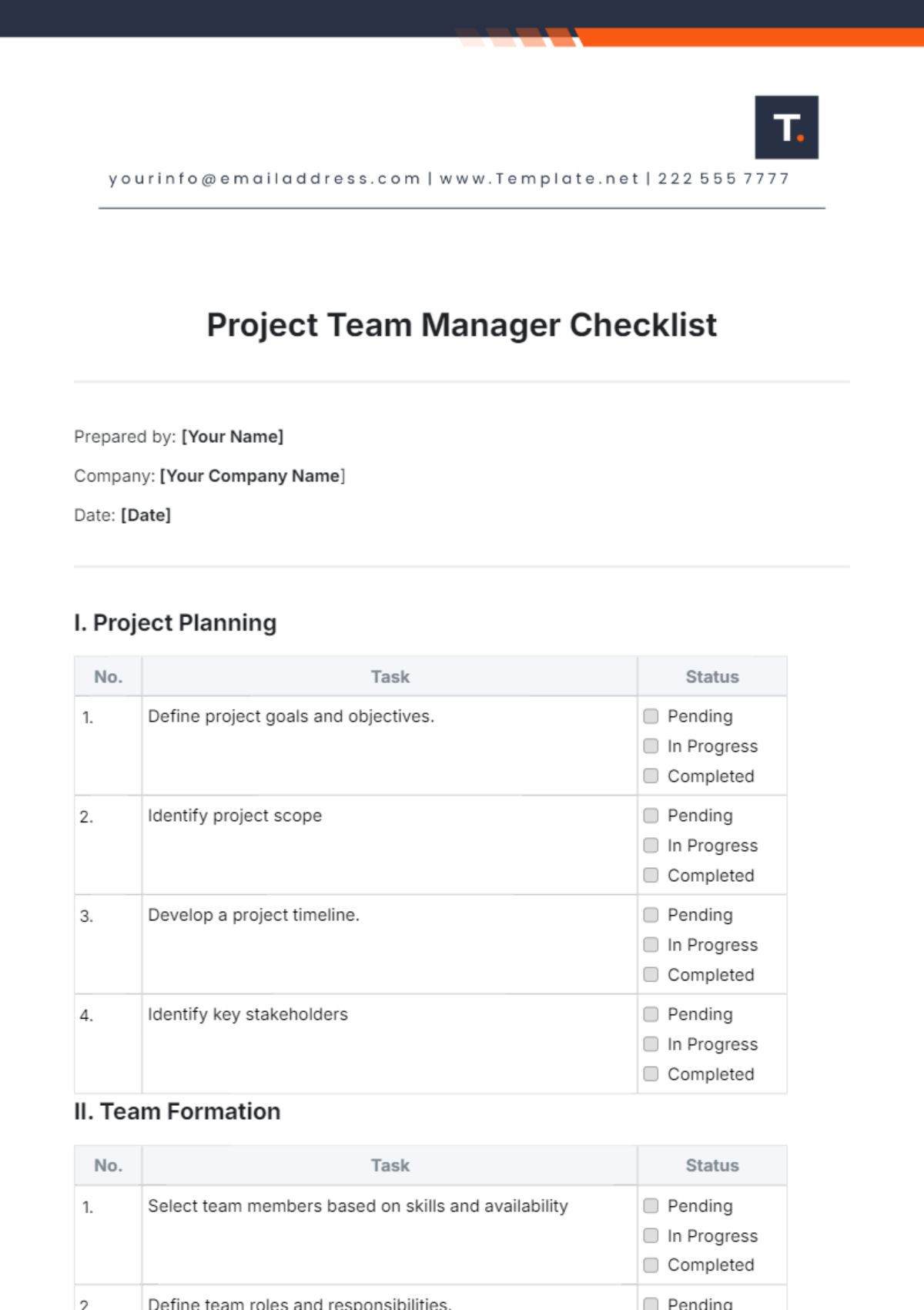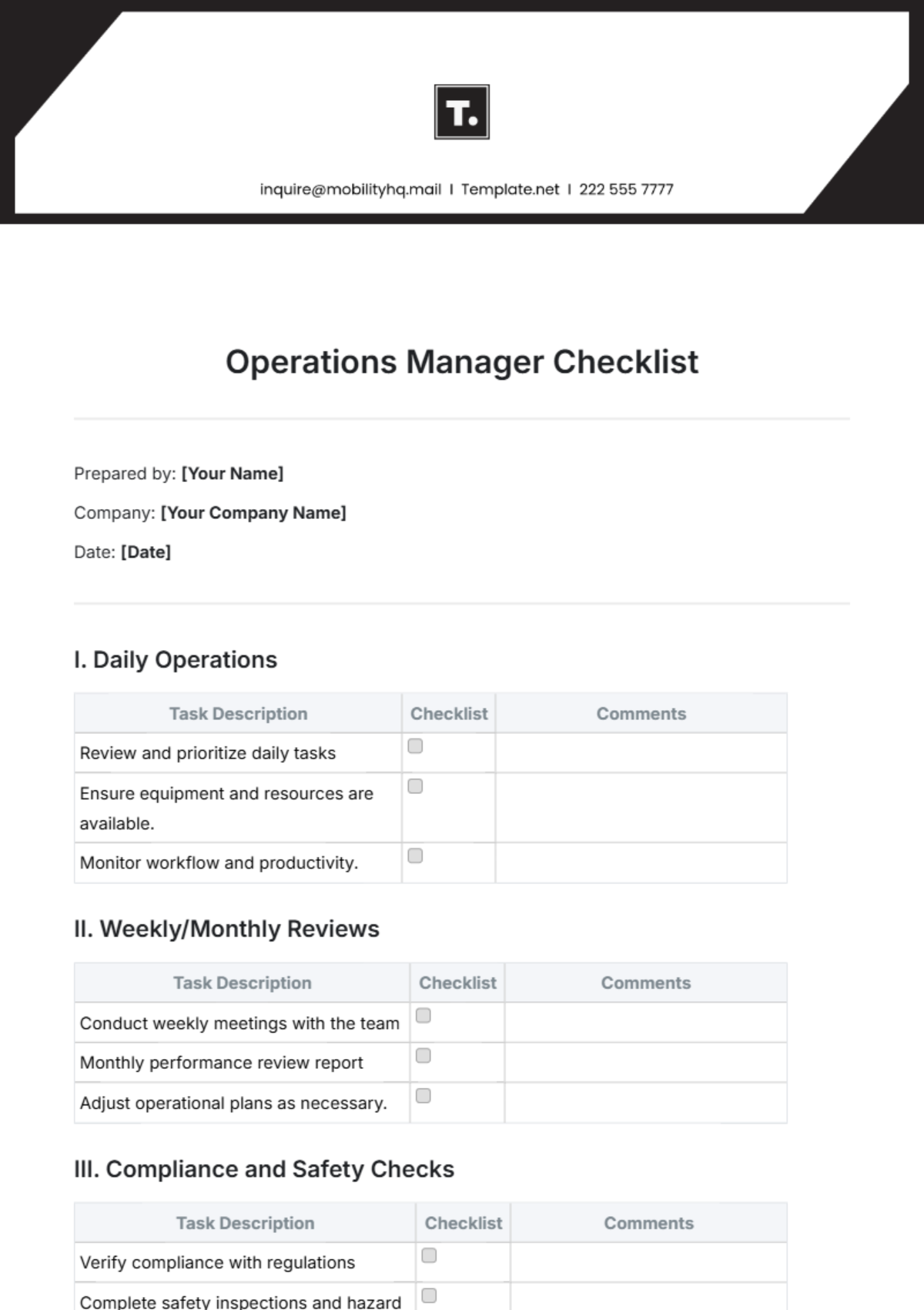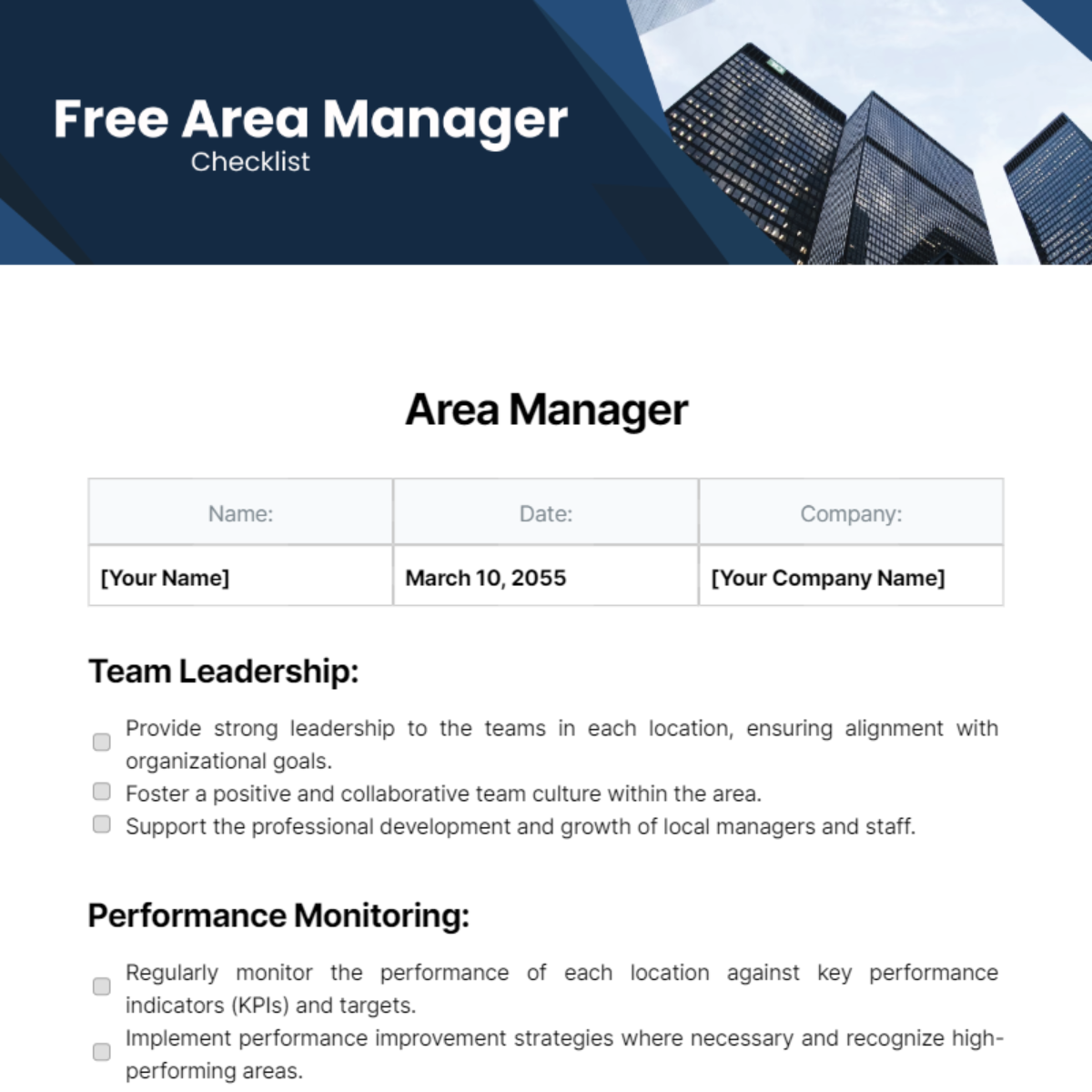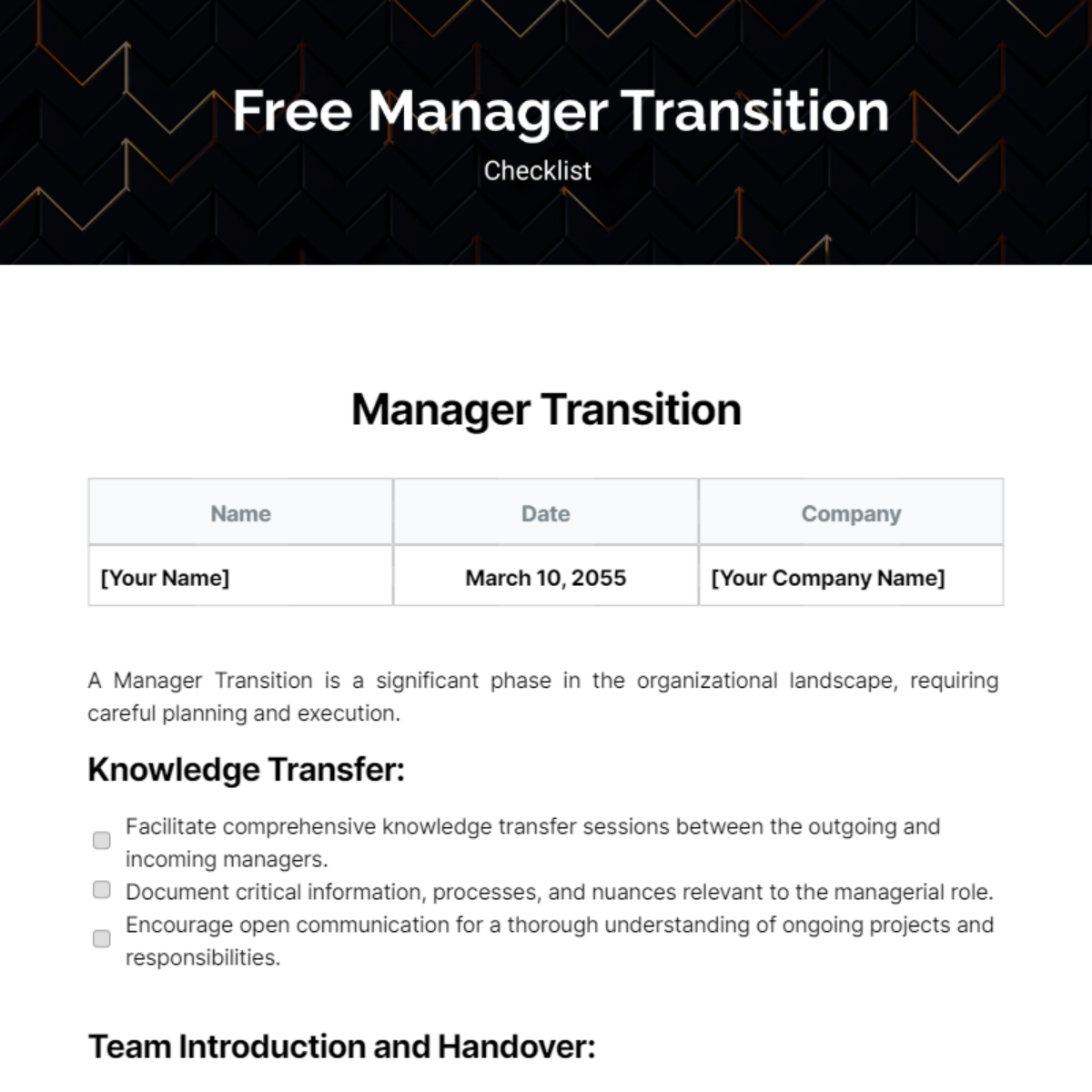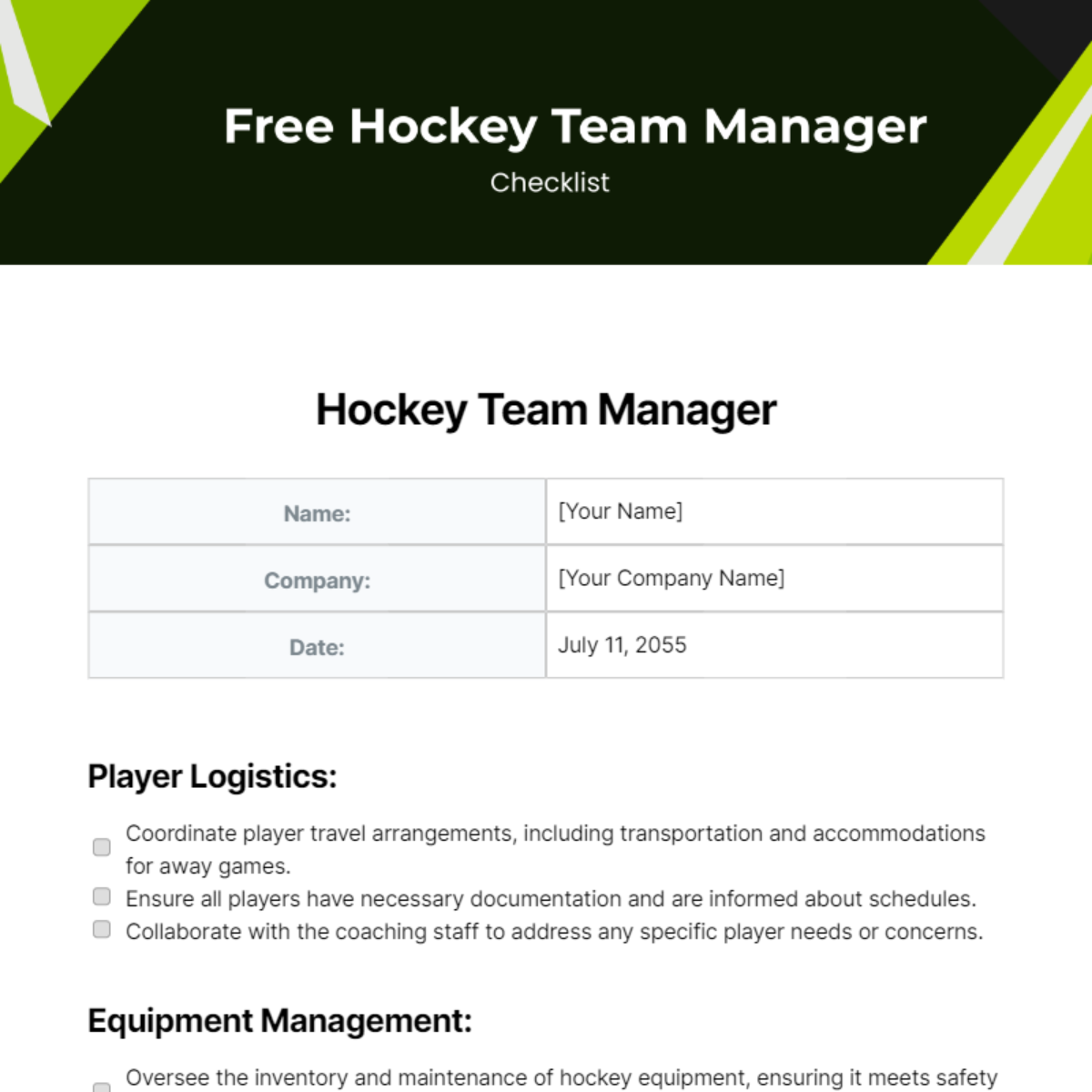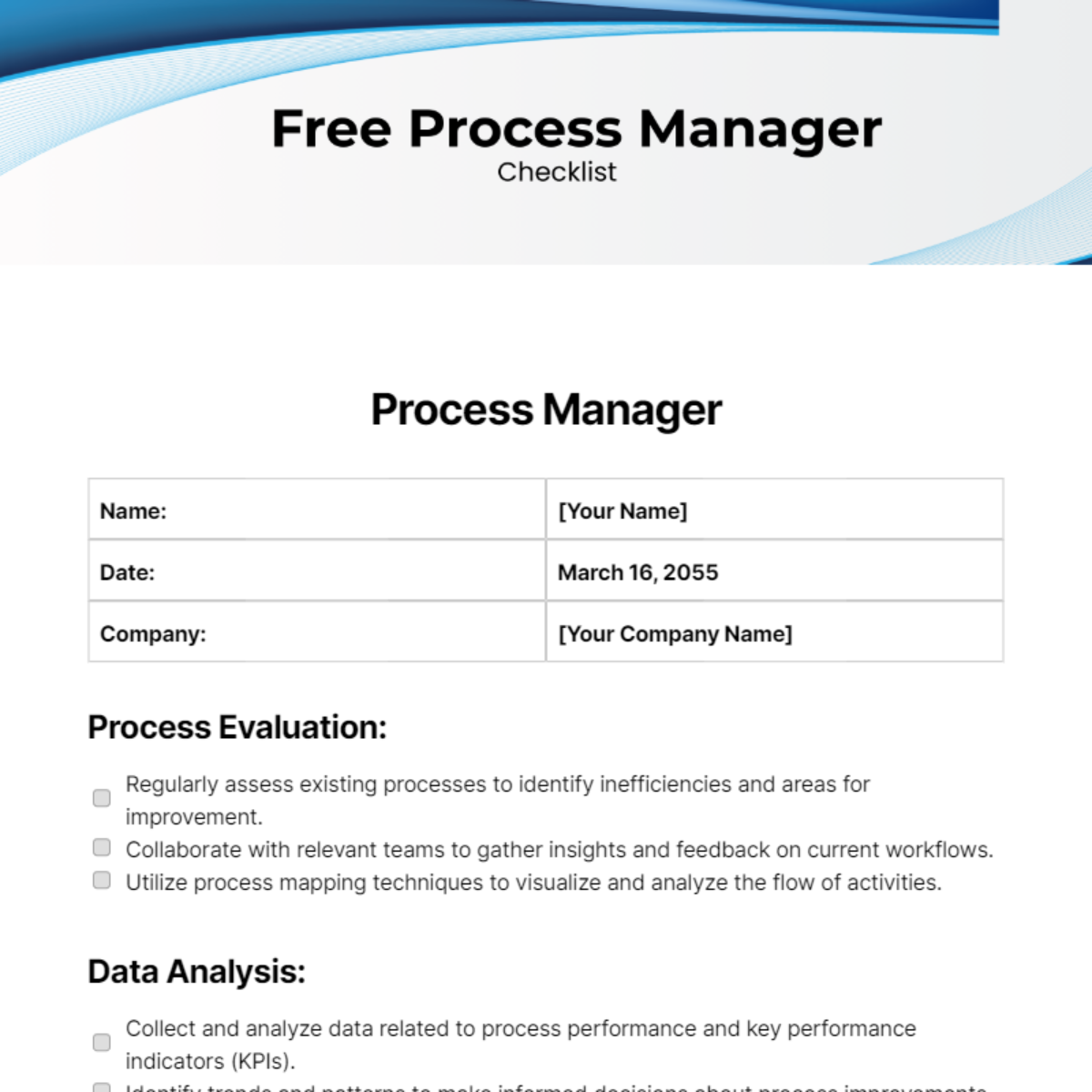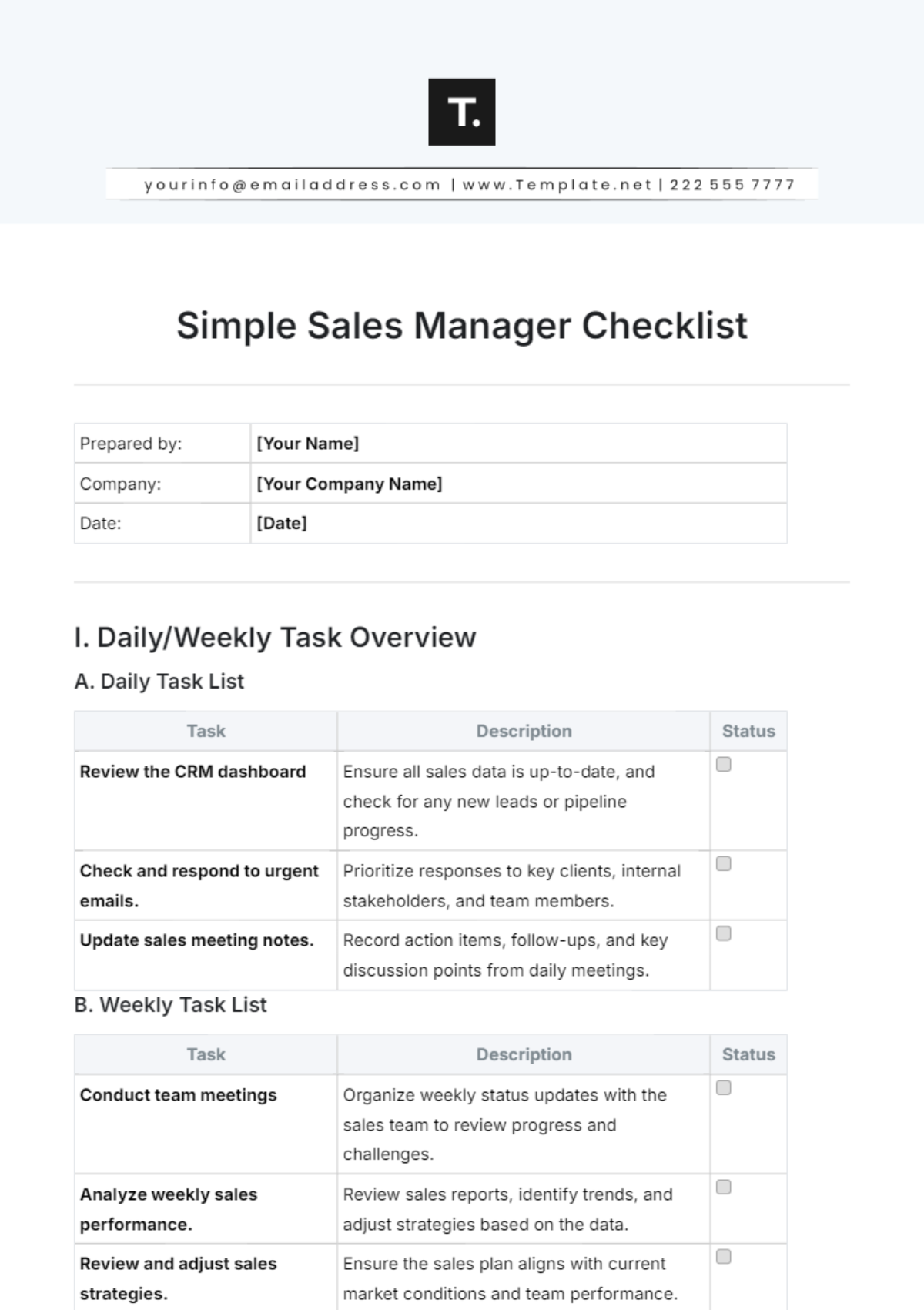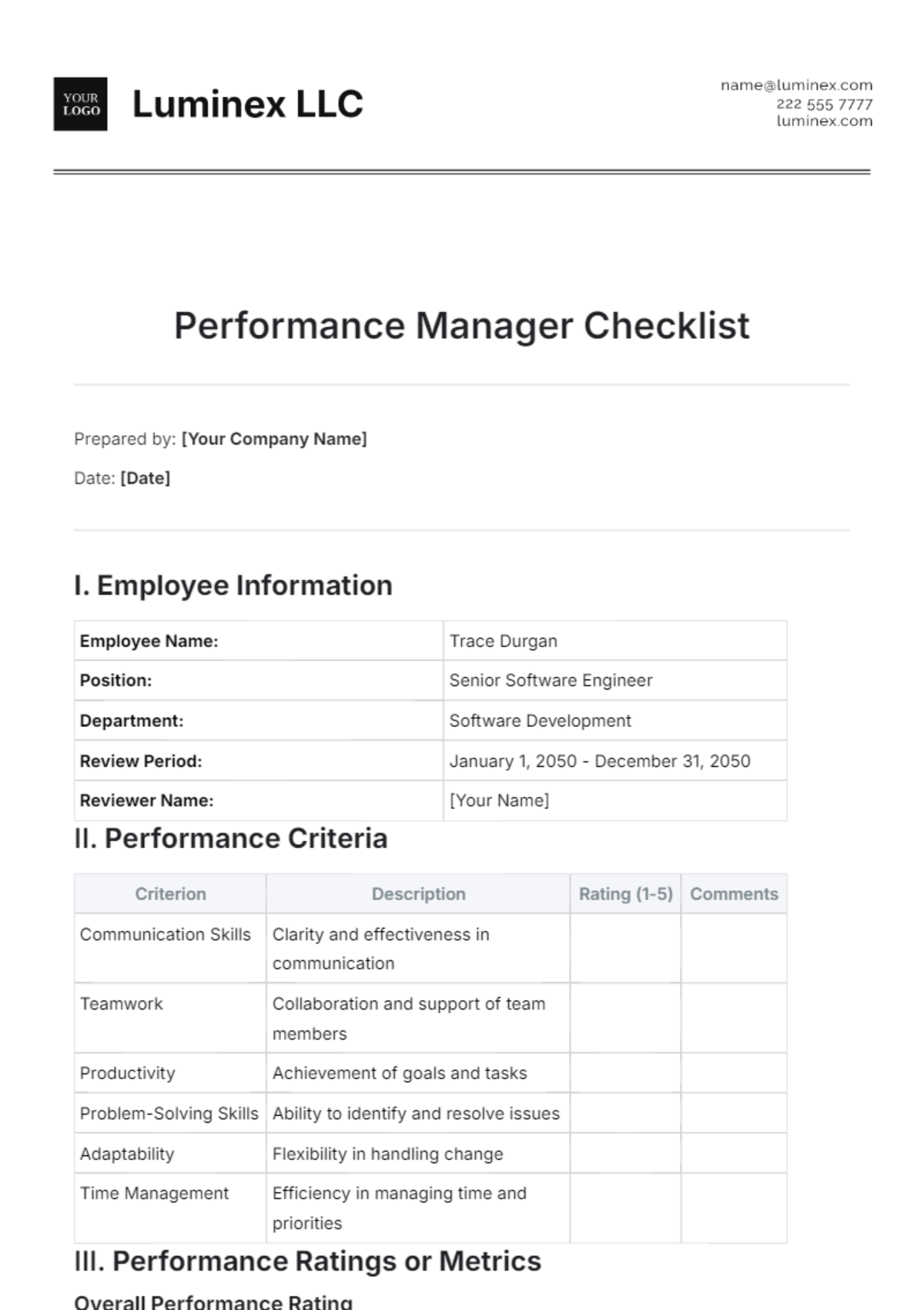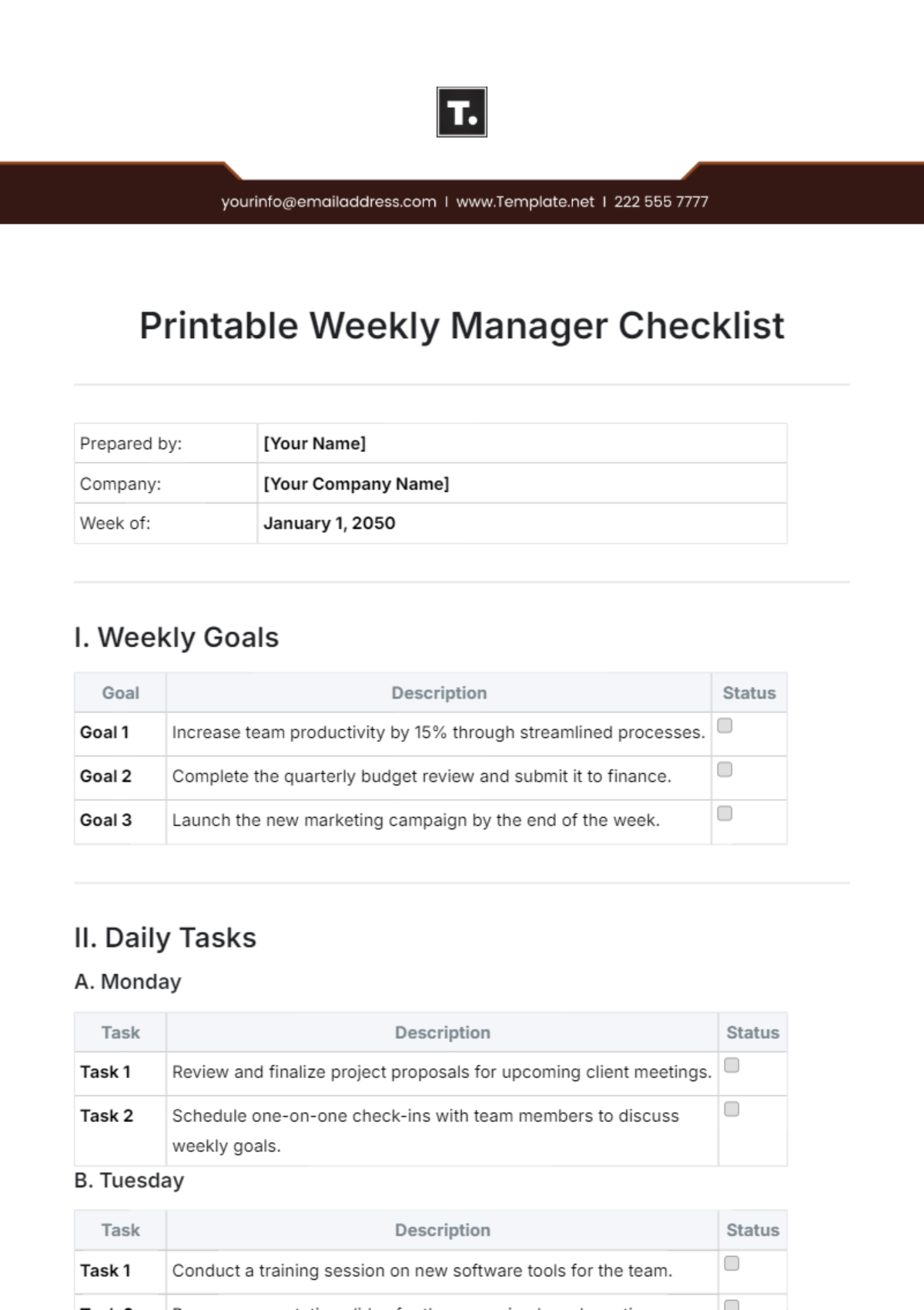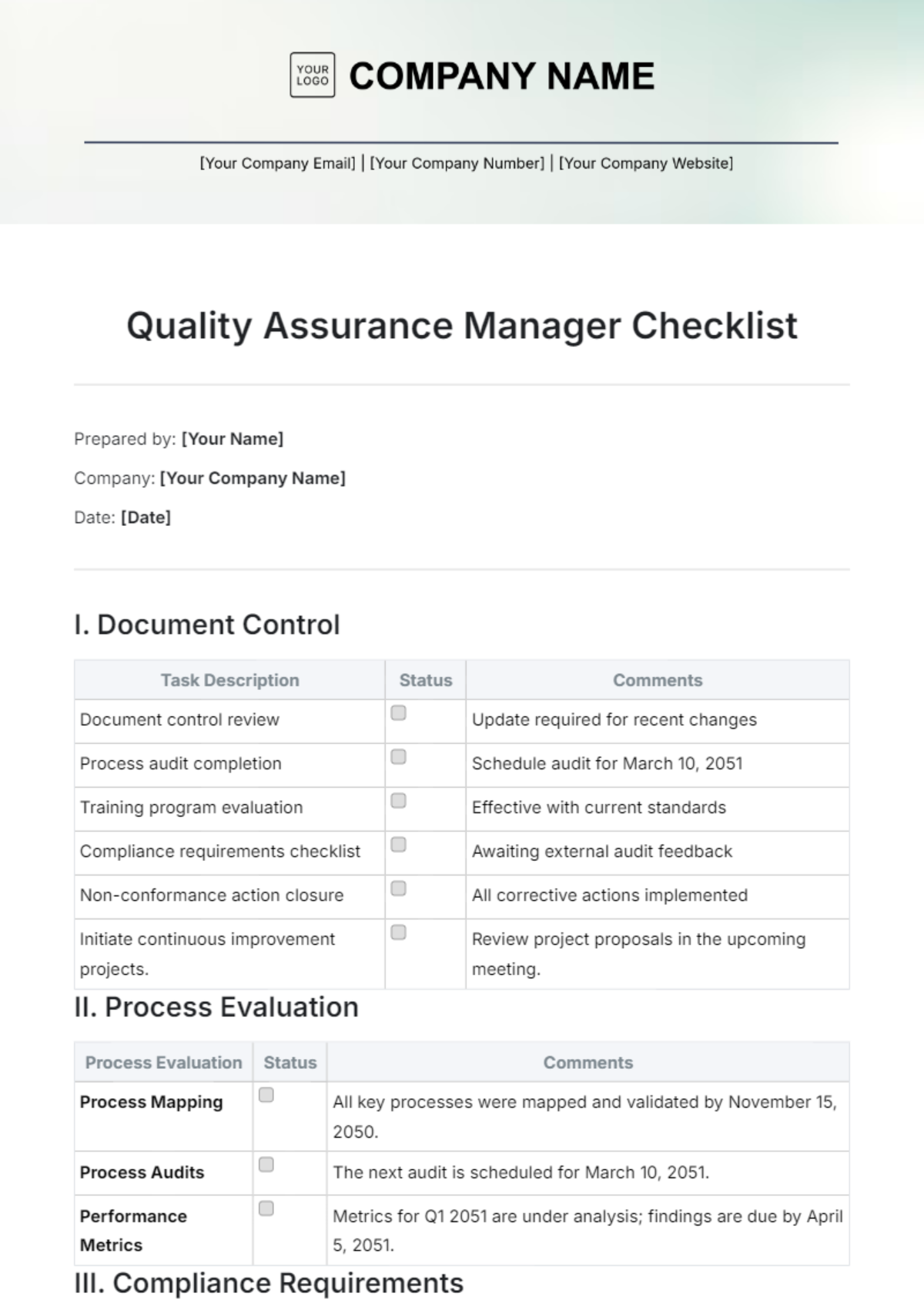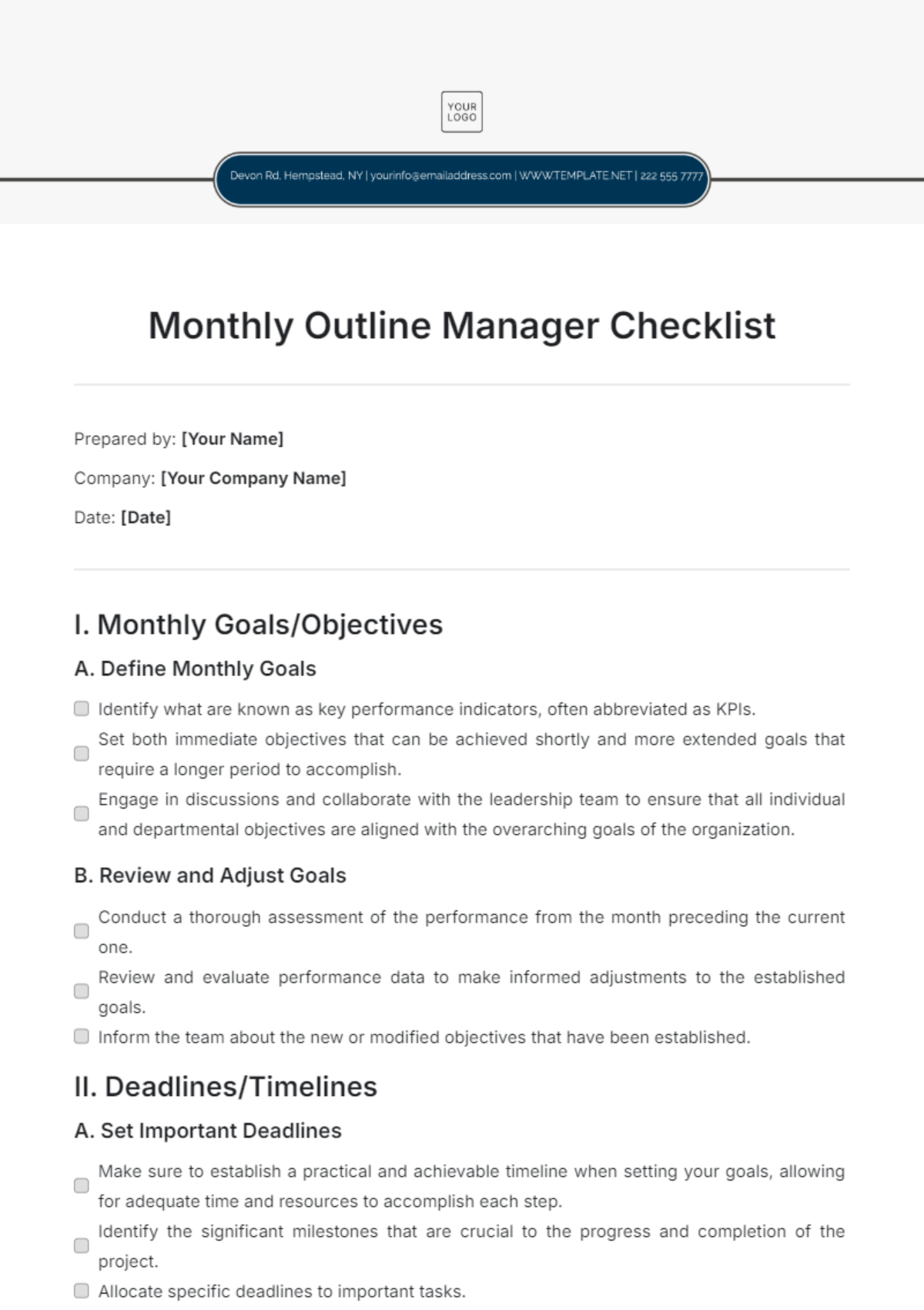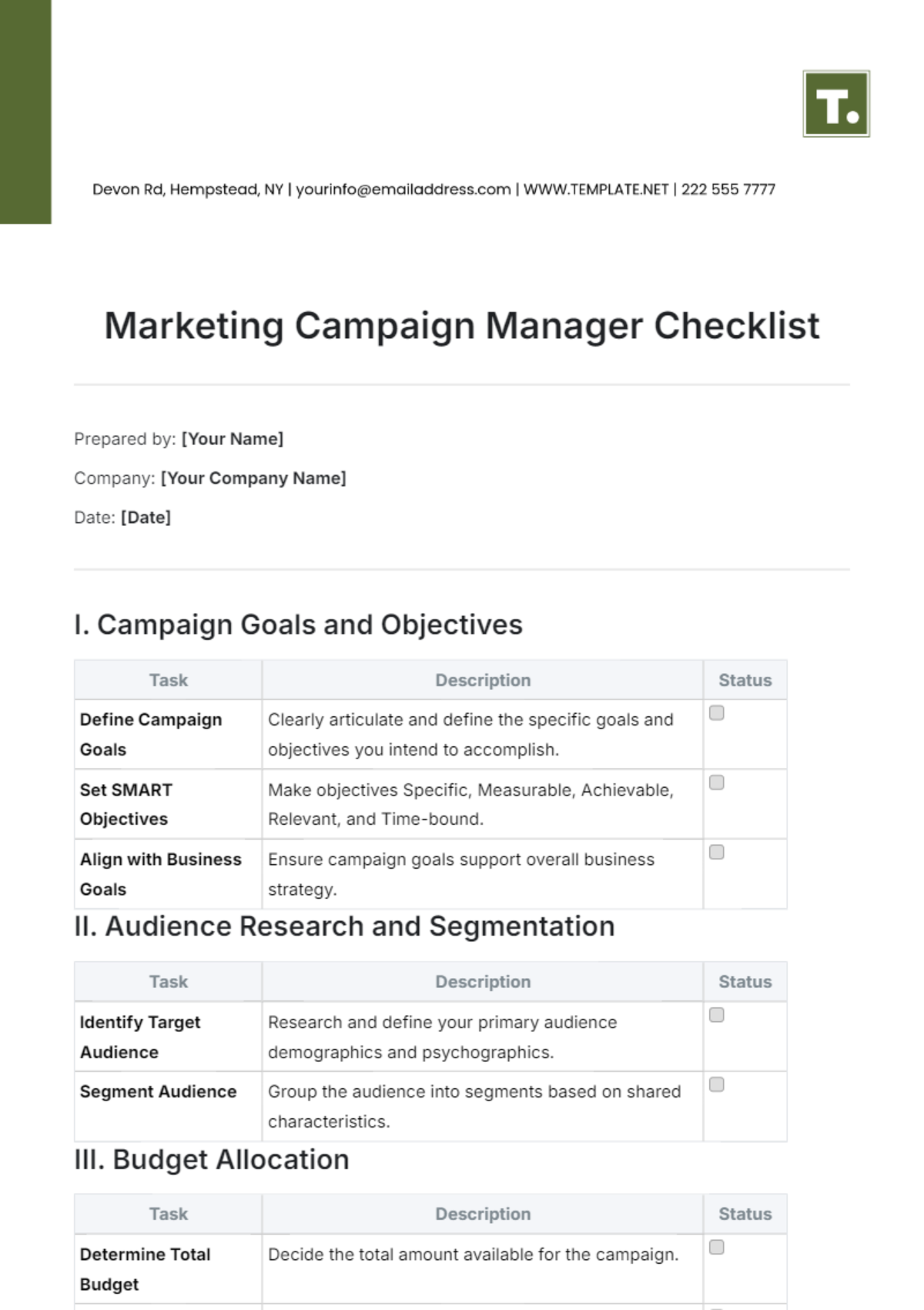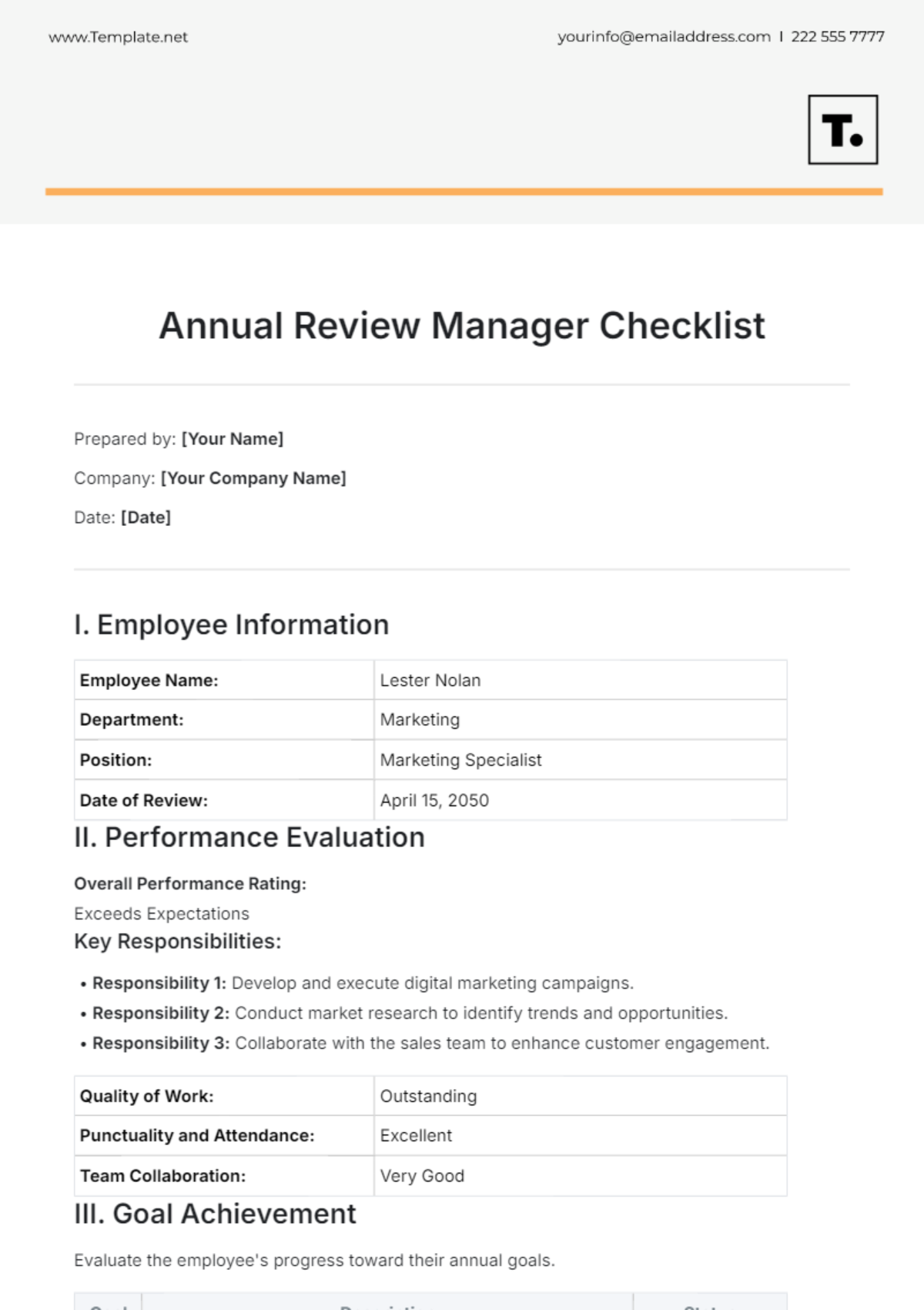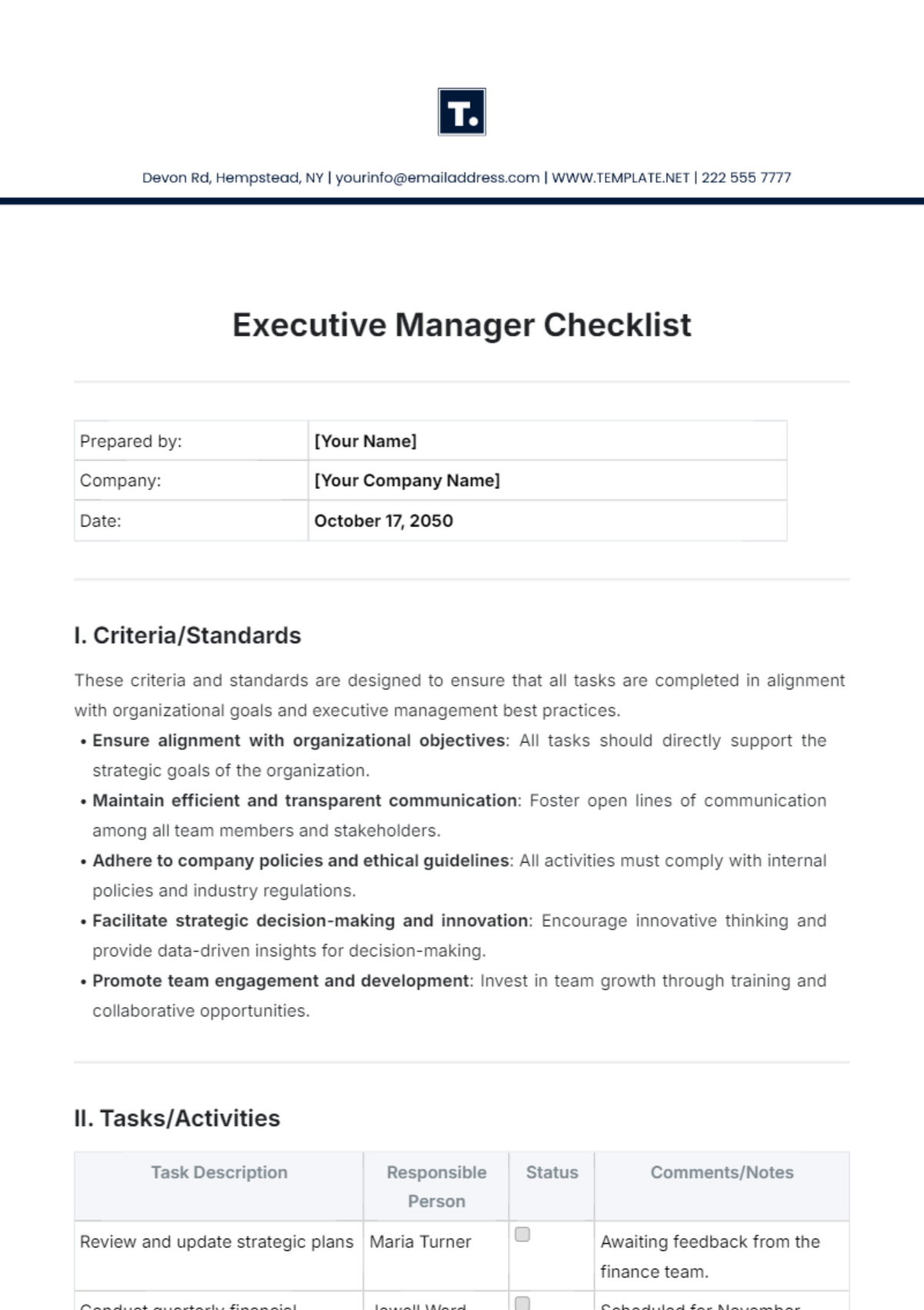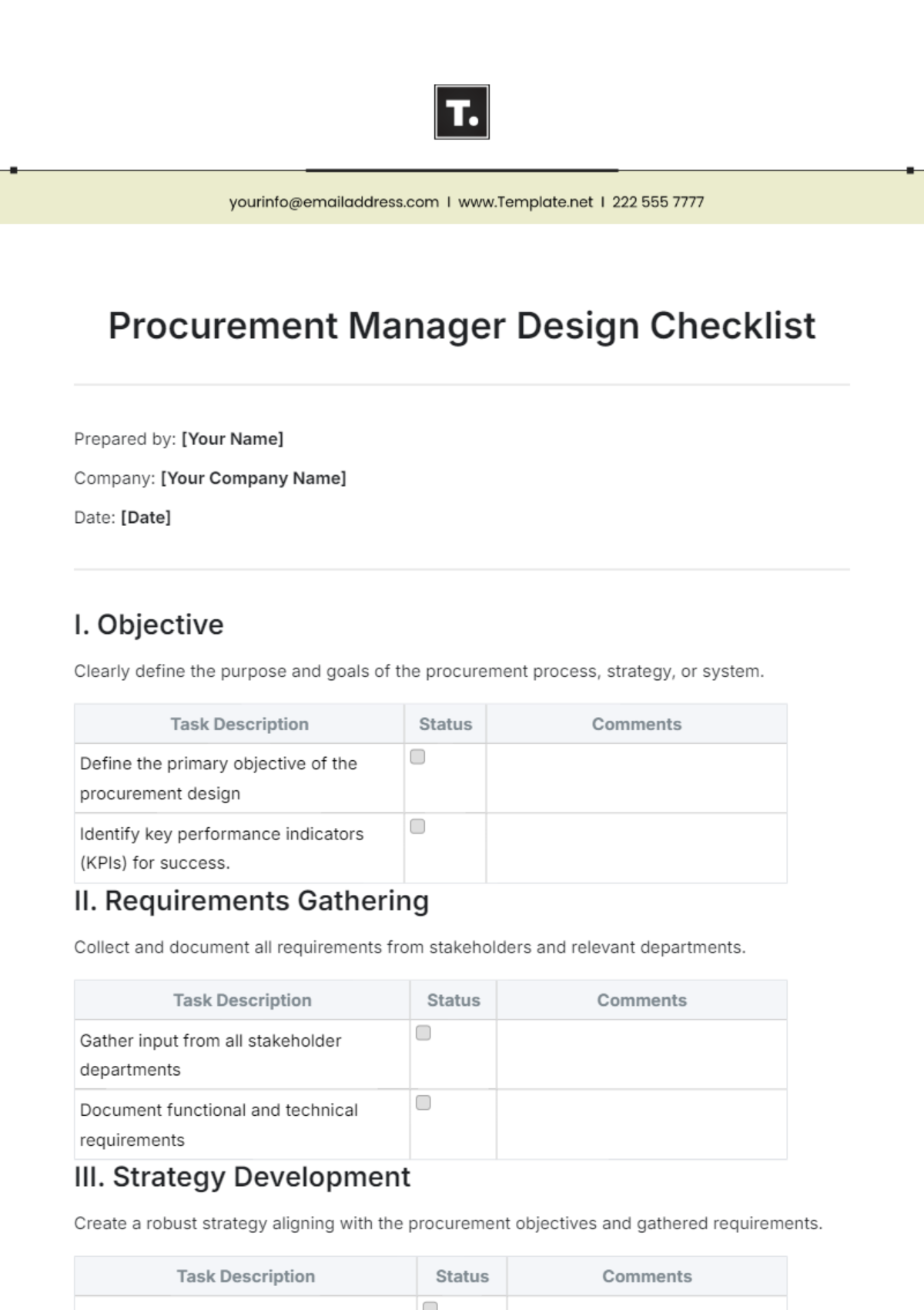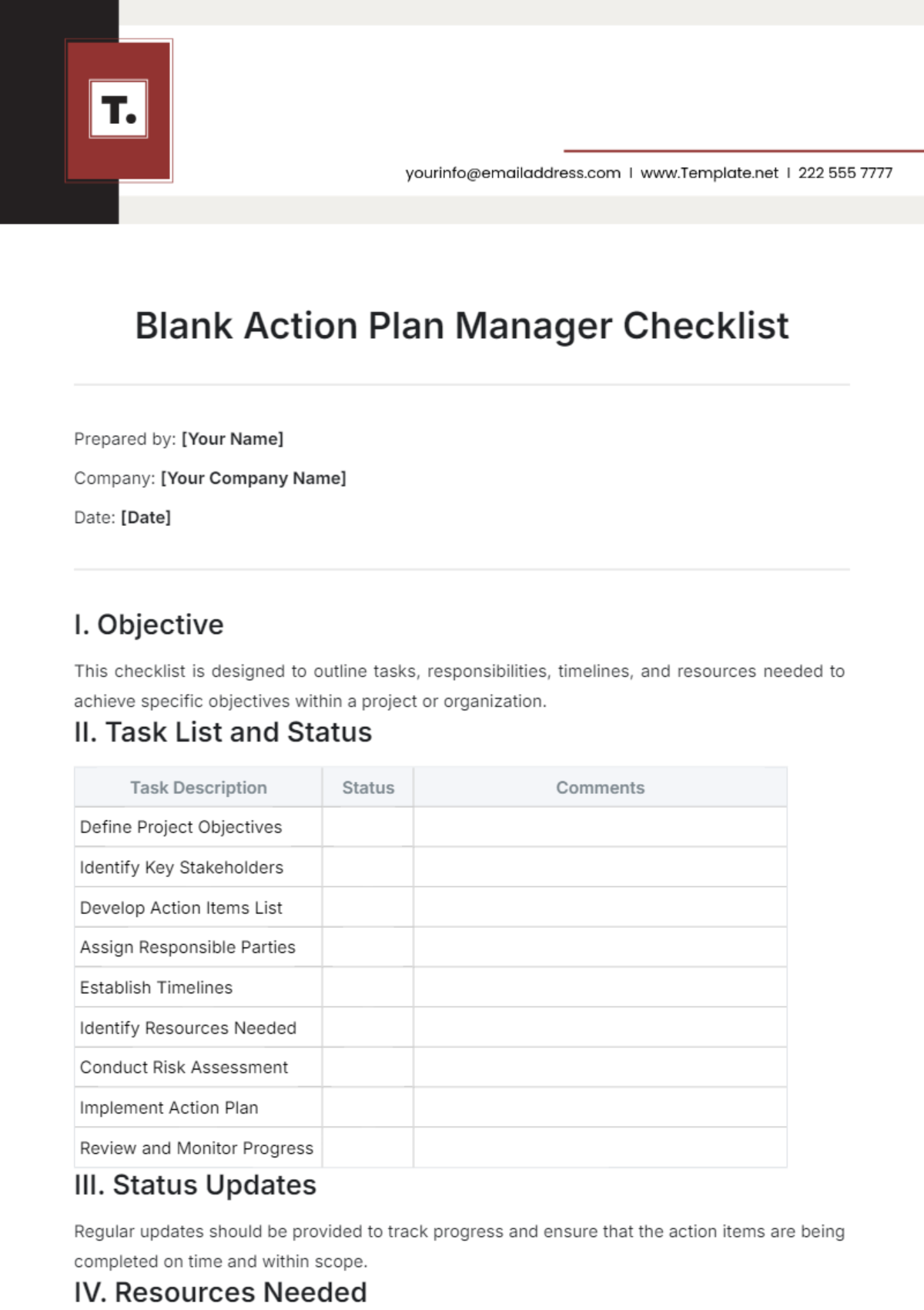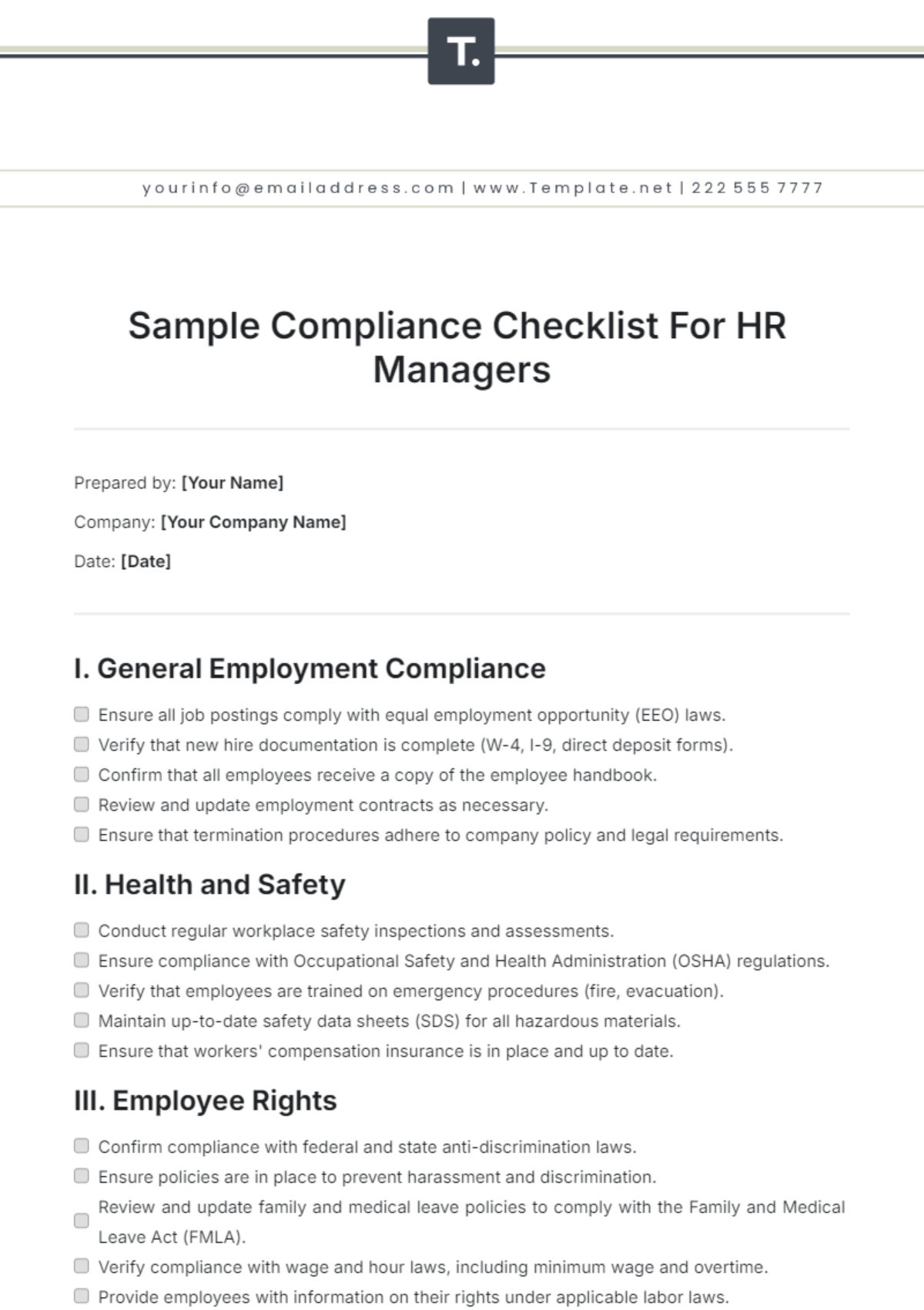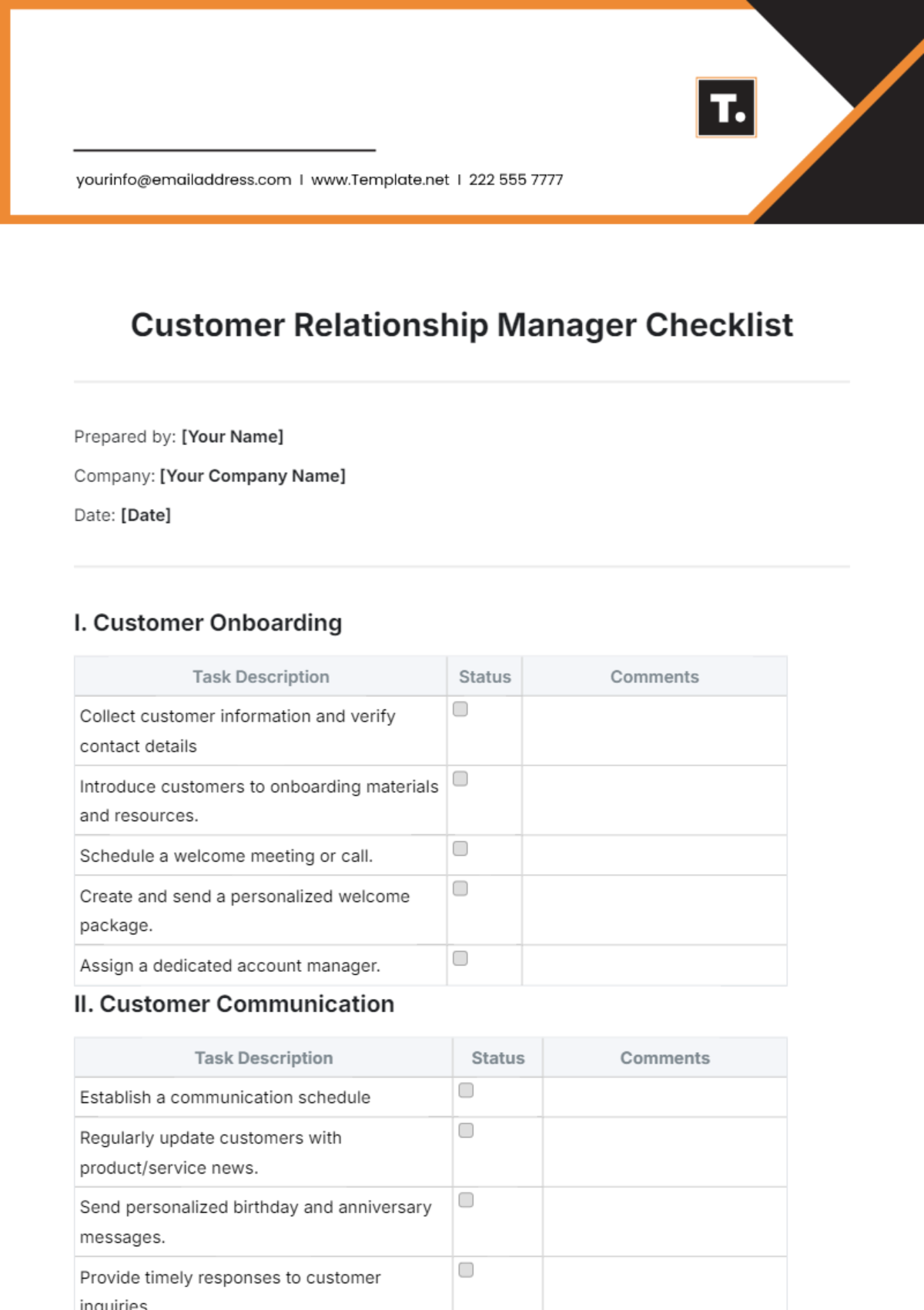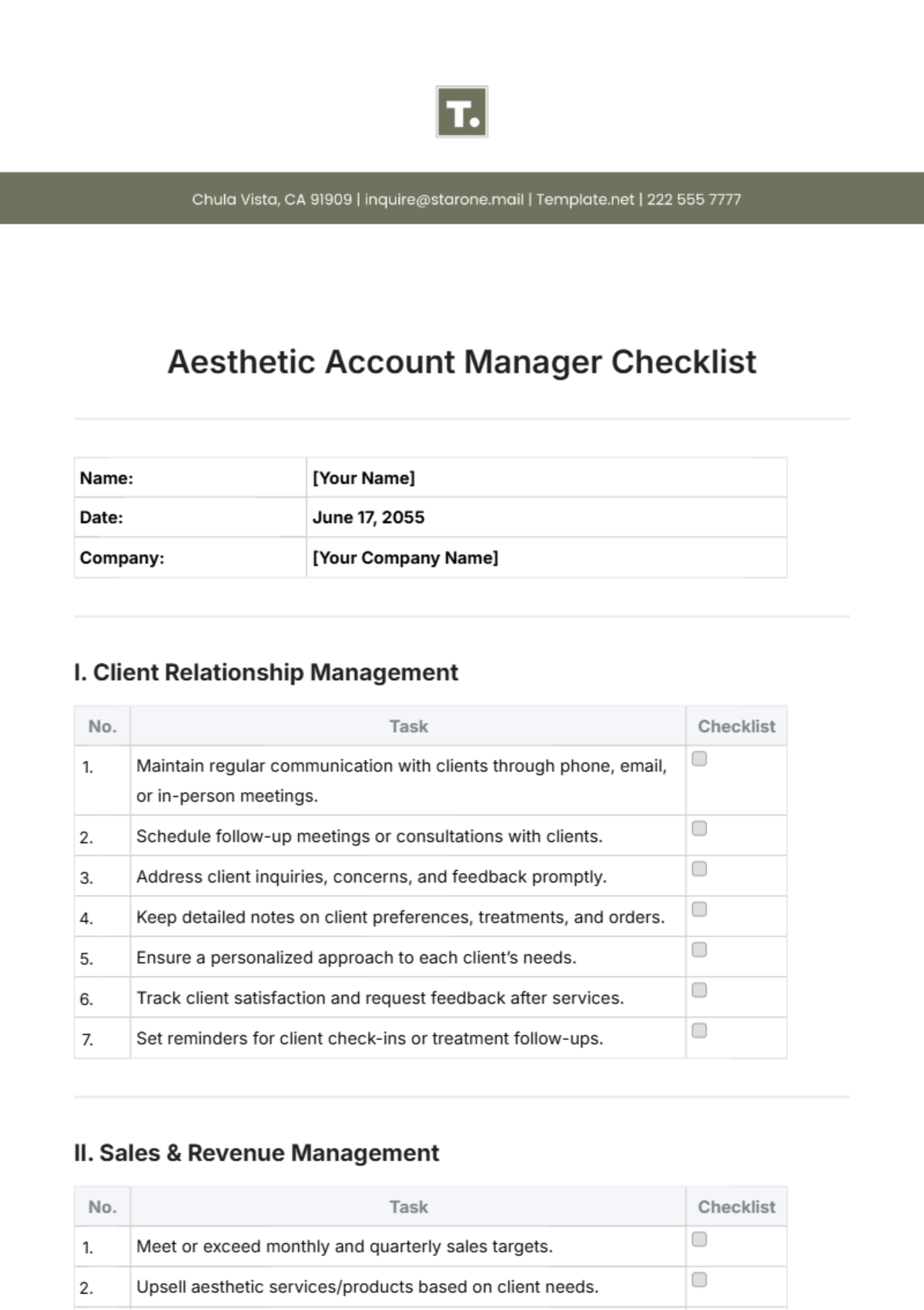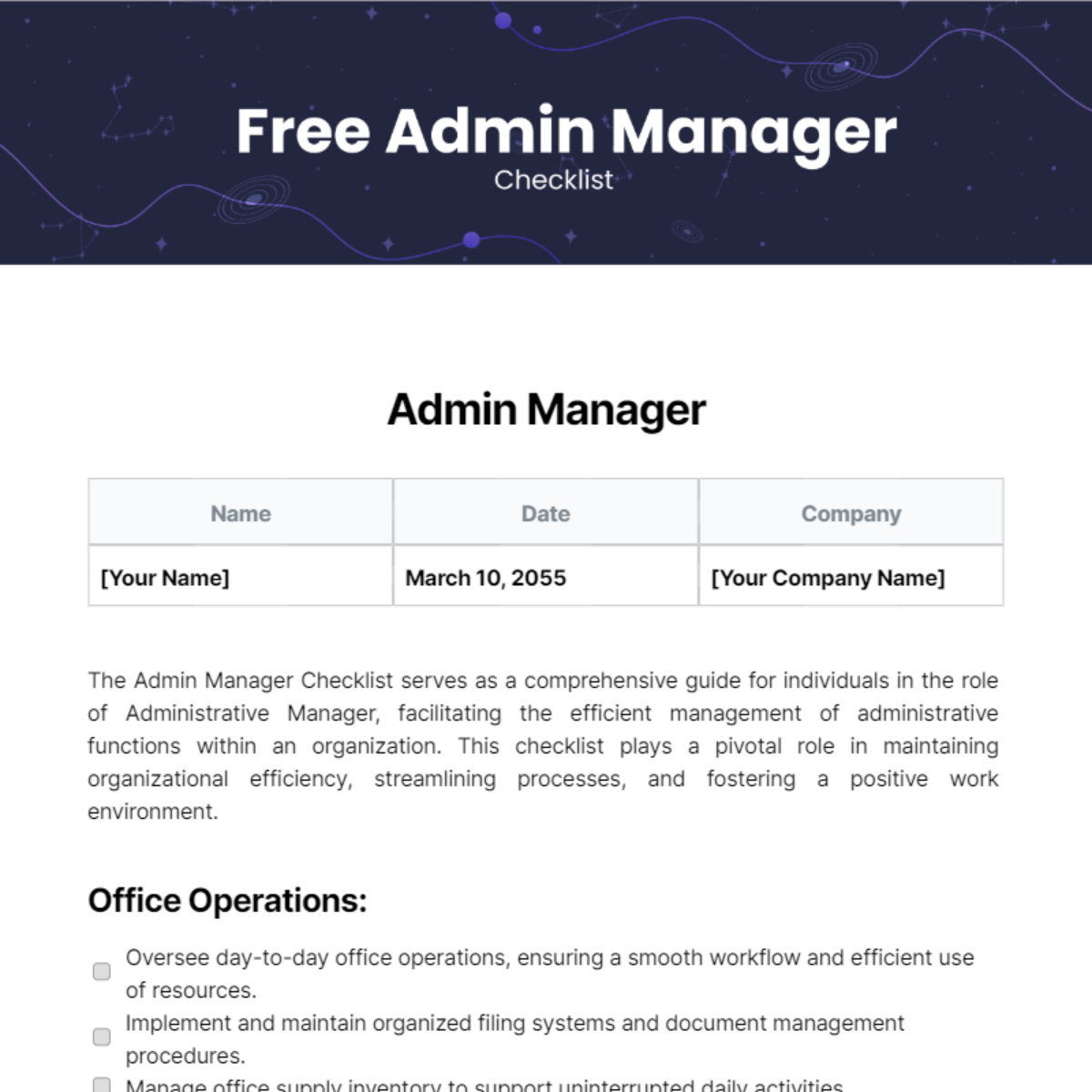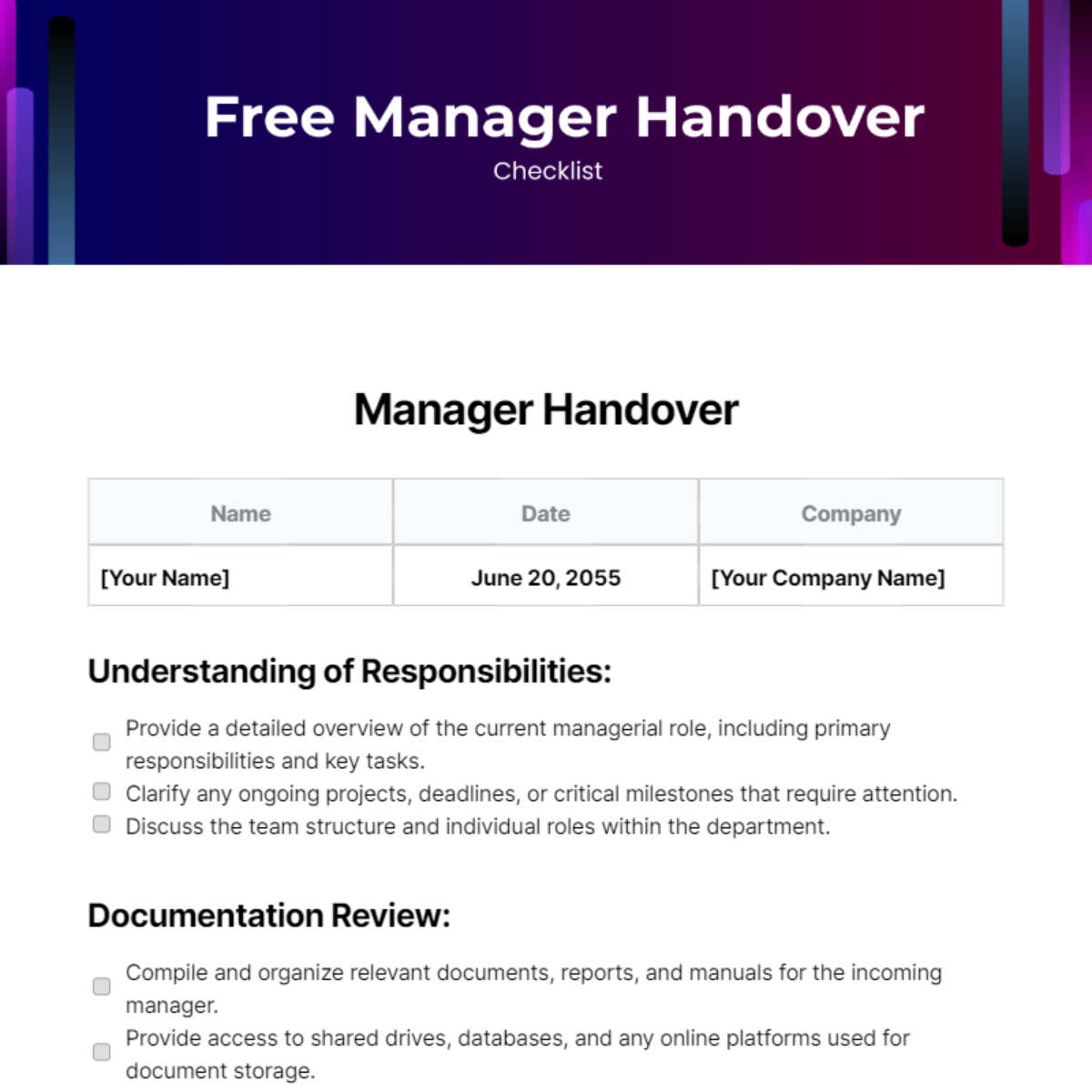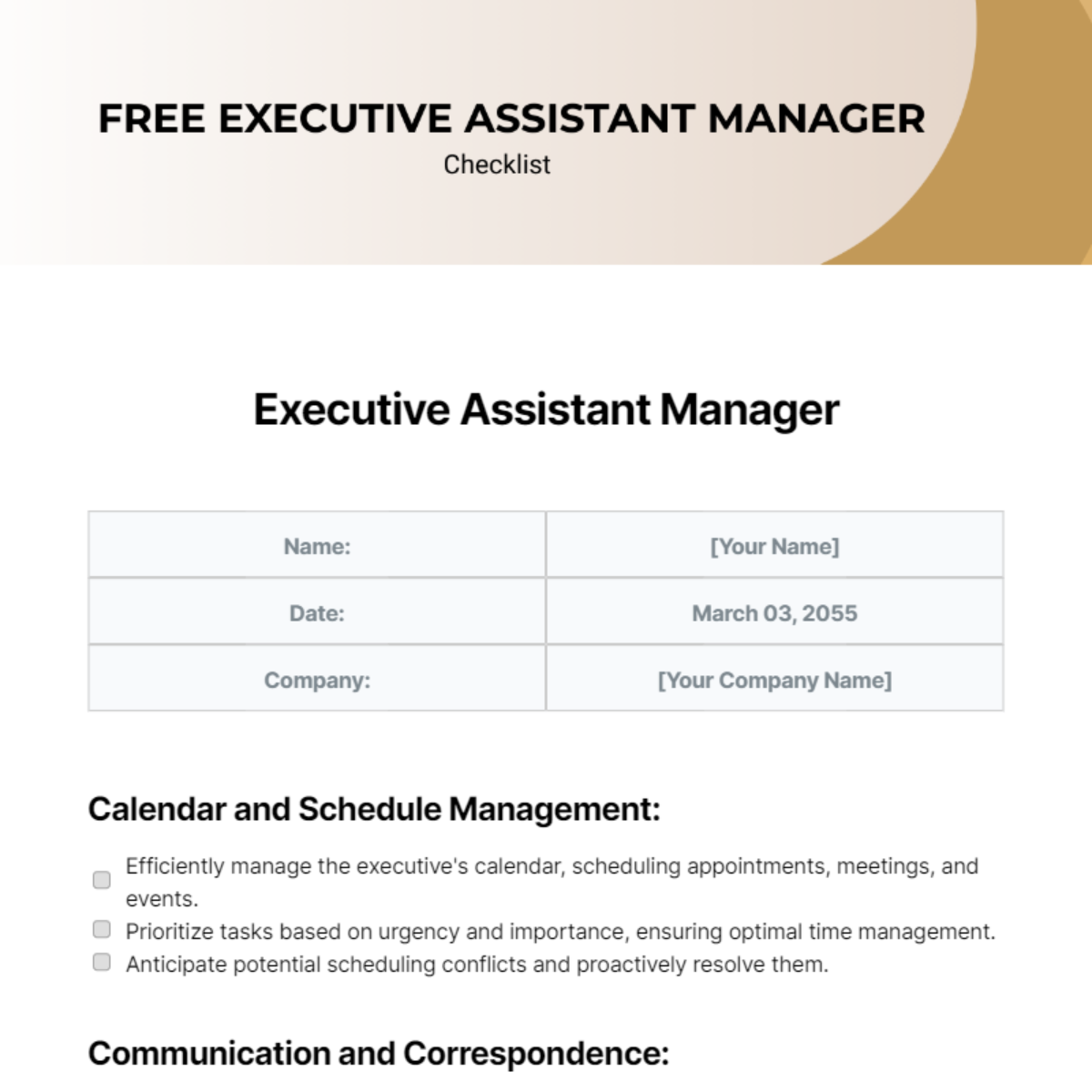Process Manager
Name: | [Your Name] |
Date: | March 16, 2055 |
Company: | [Your Company Name] |
Process Evaluation:
Regularly assess existing processes to identify inefficiencies and areas for improvement.
Collaborate with relevant teams to gather insights and feedback on current workflows.
Utilize process mapping techniques to visualize and analyze the flow of activities.
Data Analysis:
Collect and analyze data related to process performance and key performance indicators (KPIs).
Identify trends and patterns to make informed decisions about process improvements.
Utilize statistical methods to measure and quantify process efficiency.
Stakeholder Collaboration:
Engage with stakeholders, including department heads and team members, to understand their needs and challenges.
Foster open communication to ensure a comprehensive understanding of process requirements.
Collaborate with cross-functional teams to implement holistic process improvements.
Documentation and Standardization:
Document existing processes, outlining each step and associated responsibilities.
Standardize procedures to ensure consistency across the organization.
Create and maintain a centralized repository for process documentation.
Continuous Improvement Initiatives:
Establish a culture of continuous improvement within the organization.
Encourage employees to suggest process enhancements and innovations.
Regularly review and update processes to reflect changing business needs and industry best practices.
Technology Integration:
Identify and implement technology solutions to streamline and automate processes.
Evaluate software tools that align with organizational goals and enhance operational efficiency.
Ensure seamless integration of technology into existing workflows.
Training and Development:
Provide training sessions to educate employees on new or updated processes.
Develop training materials and resources to support ongoing learning.
Assess the effectiveness of training programs and adjust as necessary.
Quality Control:
Implement quality control measures to ensure adherence to process standards.
Conduct regular audits and reviews to identify and rectify deviations.
Address any quality issues promptly to maintain high standards.
Risk Management:
Identify potential risks associated with existing processes and proposed improvements.
Develop risk mitigation strategies to minimize the impact of unforeseen challenges.
Regularly assess and update risk management plans.
Key Performance Indicators (KPIs):
Establish and monitor KPIs to measure the success of process improvements.
Define benchmarks and performance targets to track progress.
Utilize KPI data to make data-driven decisions and prioritize improvement initiatives.
Change Management:
Implement change management strategies to ease the transition to new processes.
Communicate changes effectively, addressing concerns and ensuring buy-in.
Provide support and resources to employees adapting to new workflows.
Collaboration Tools and Communication:
Utilize collaboration tools to facilitate communication and teamwork.
Establish clear communication channels for discussing process updates and changes.
Solicit feedback from employees to identify areas for improvement in communication.
Budget Management:
Develop and manage budgets for process improvement initiatives.
Allocate resources efficiently to support improvement projects.
Monitor expenditures and adjust budgets as necessary to meet project goals.
